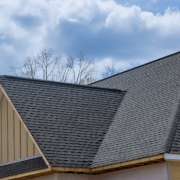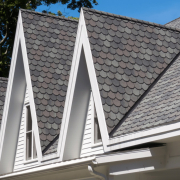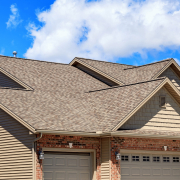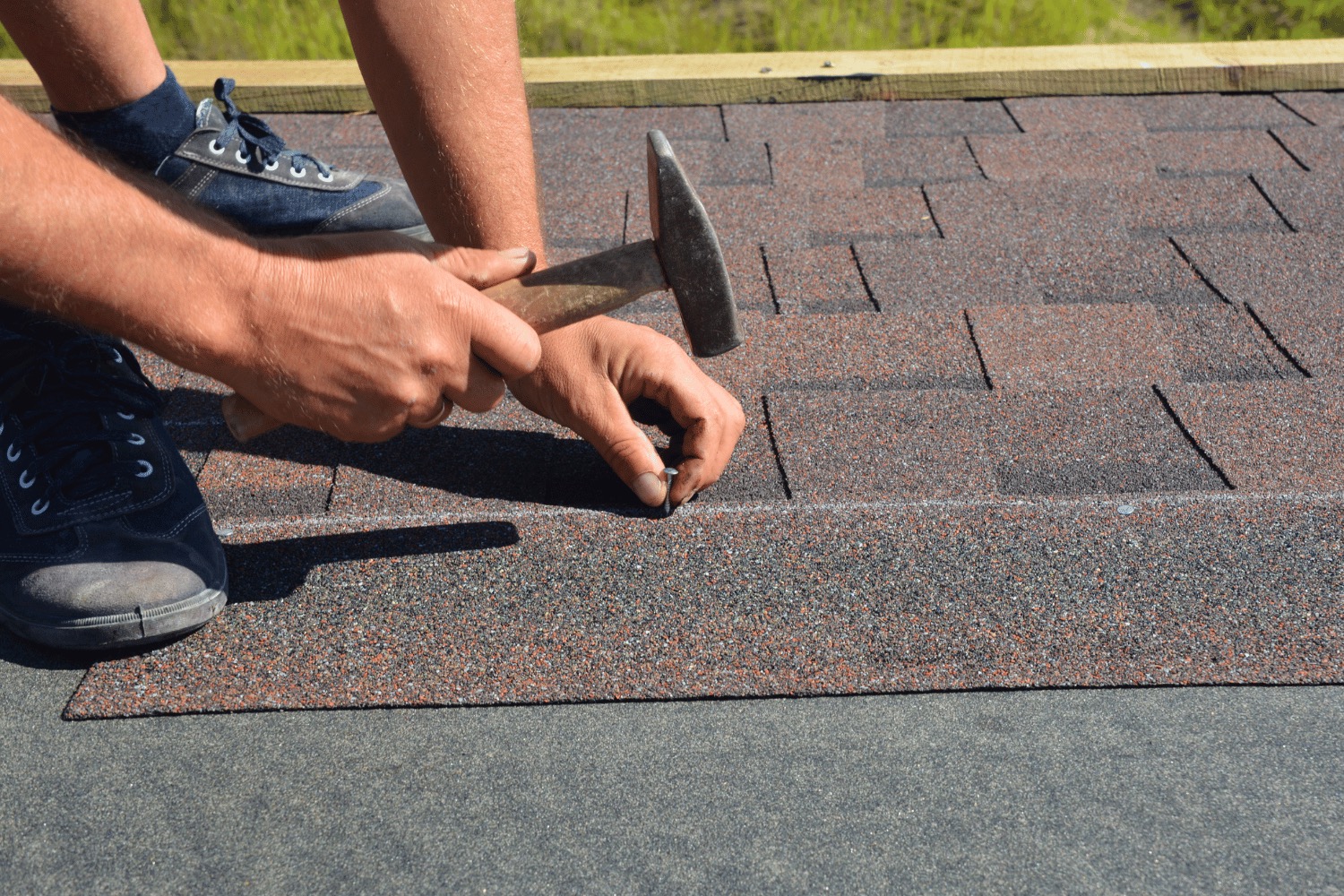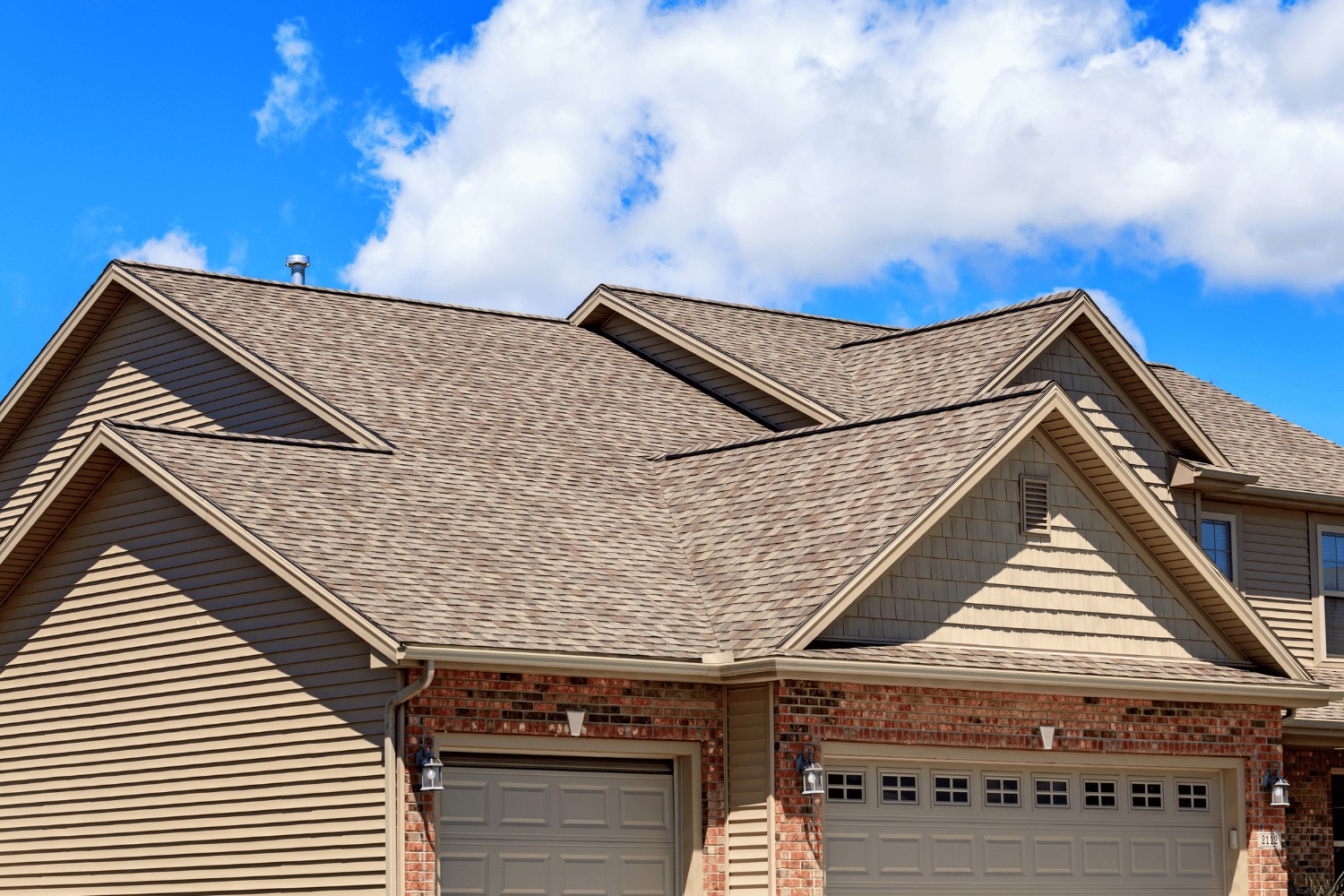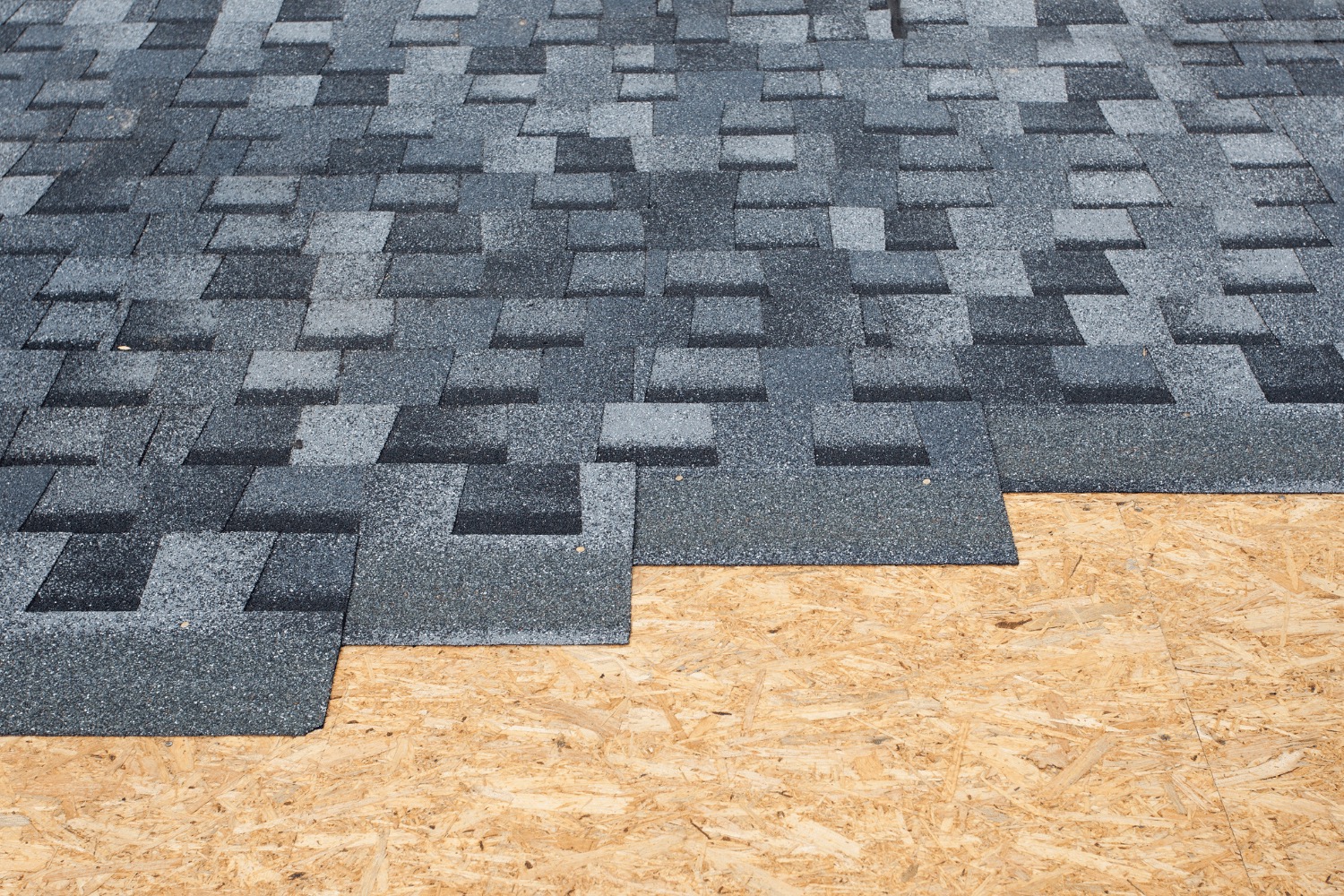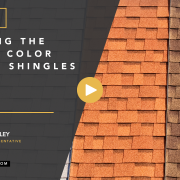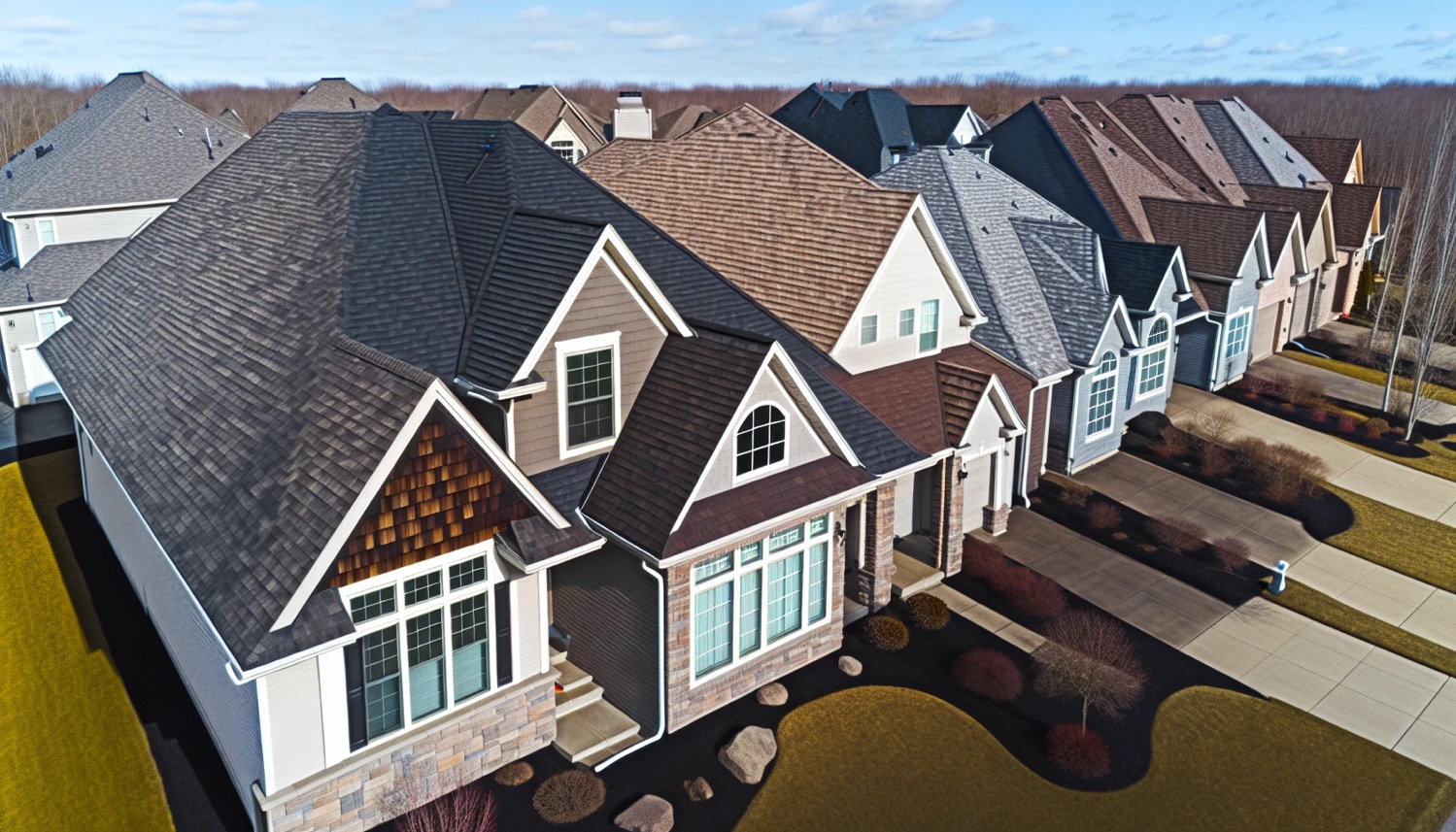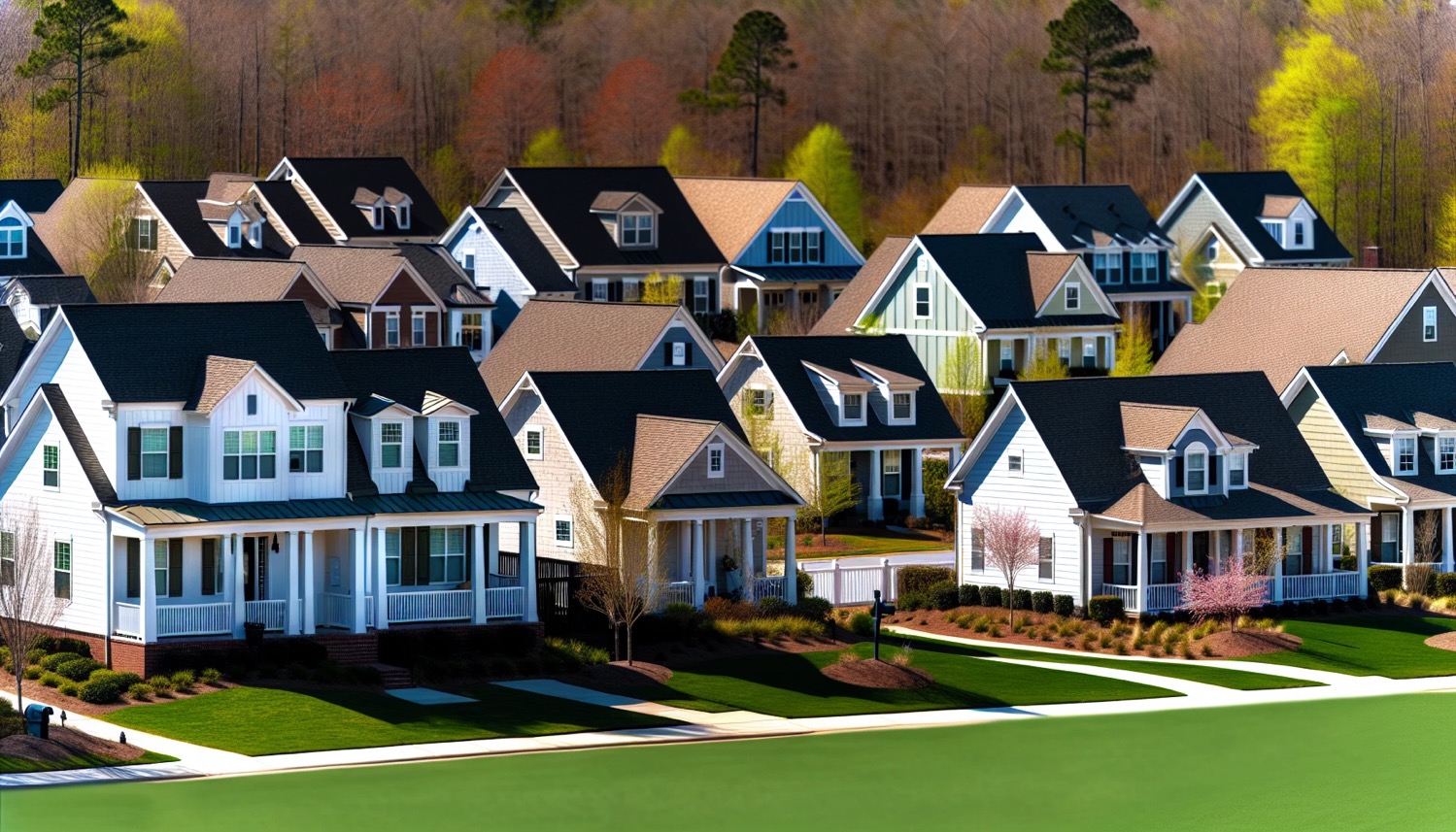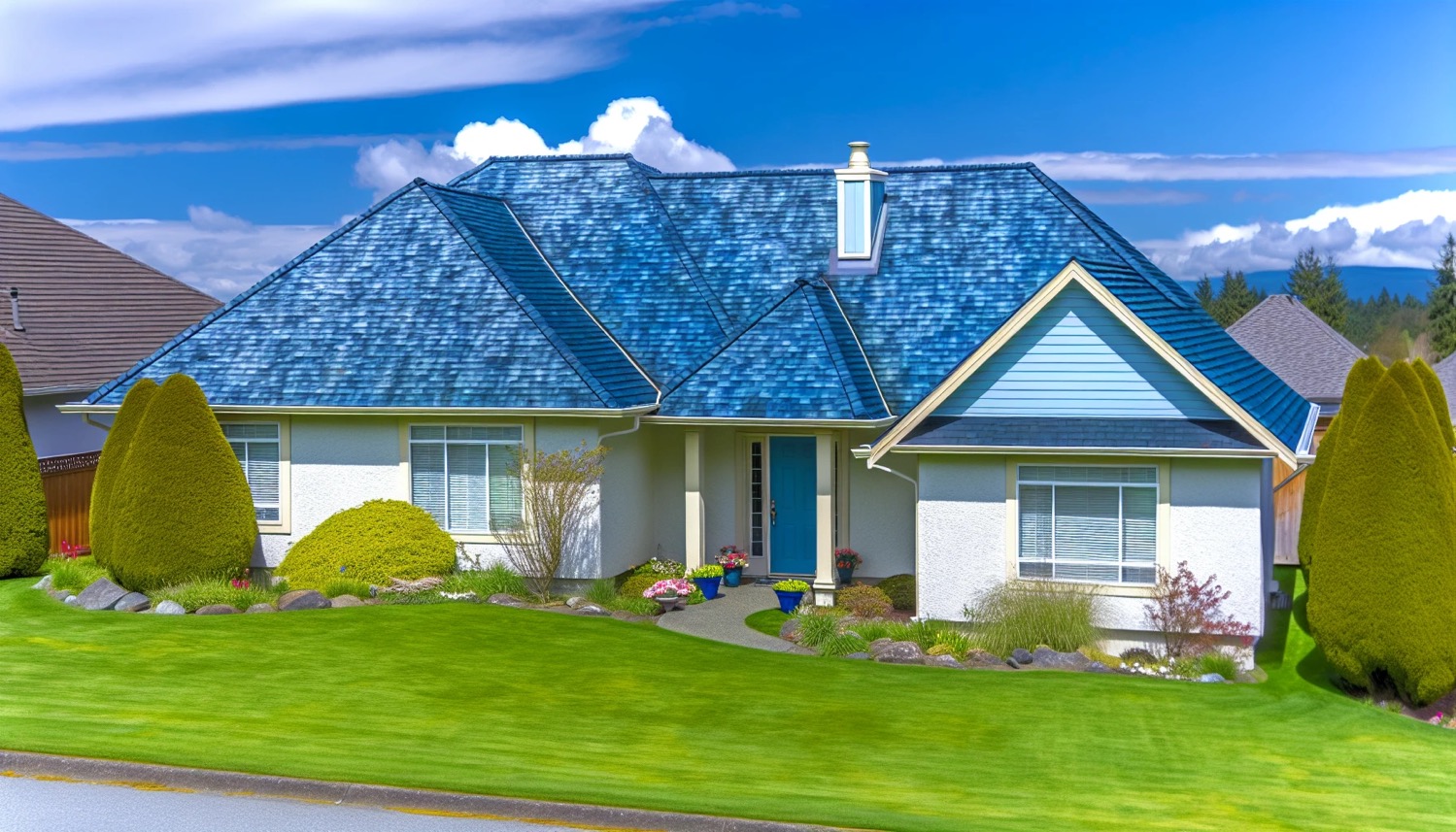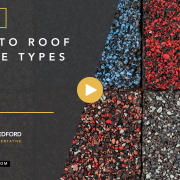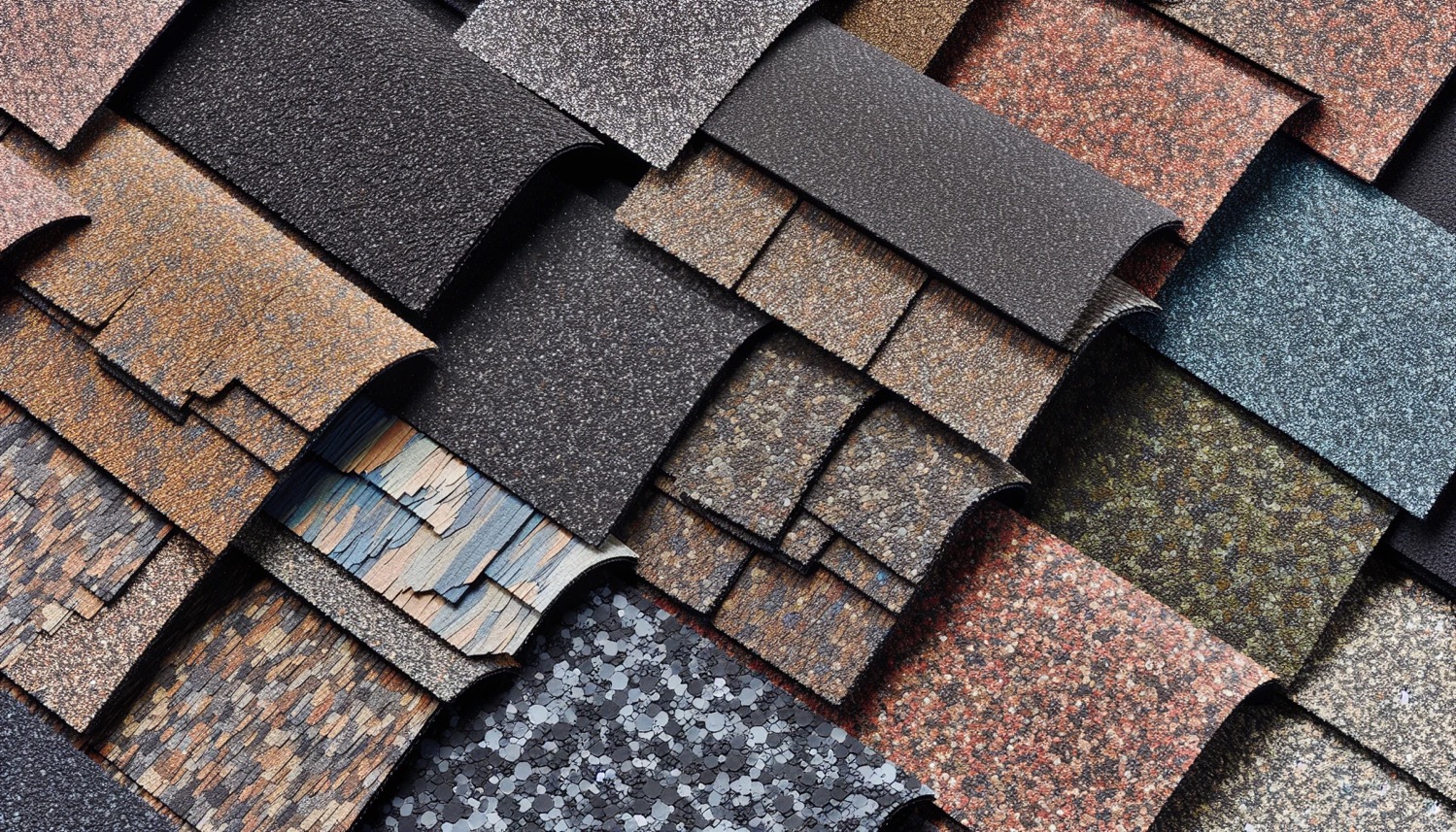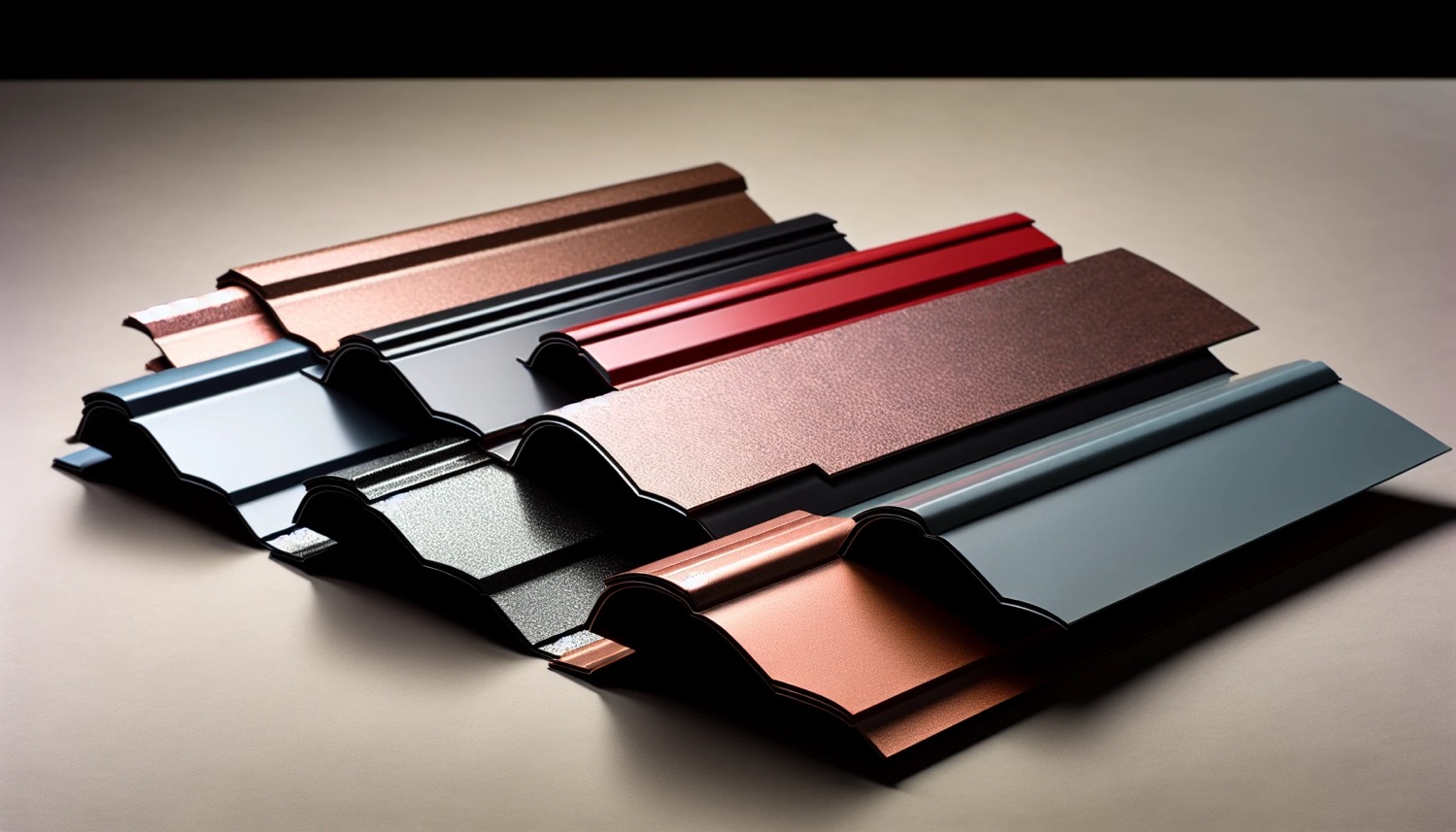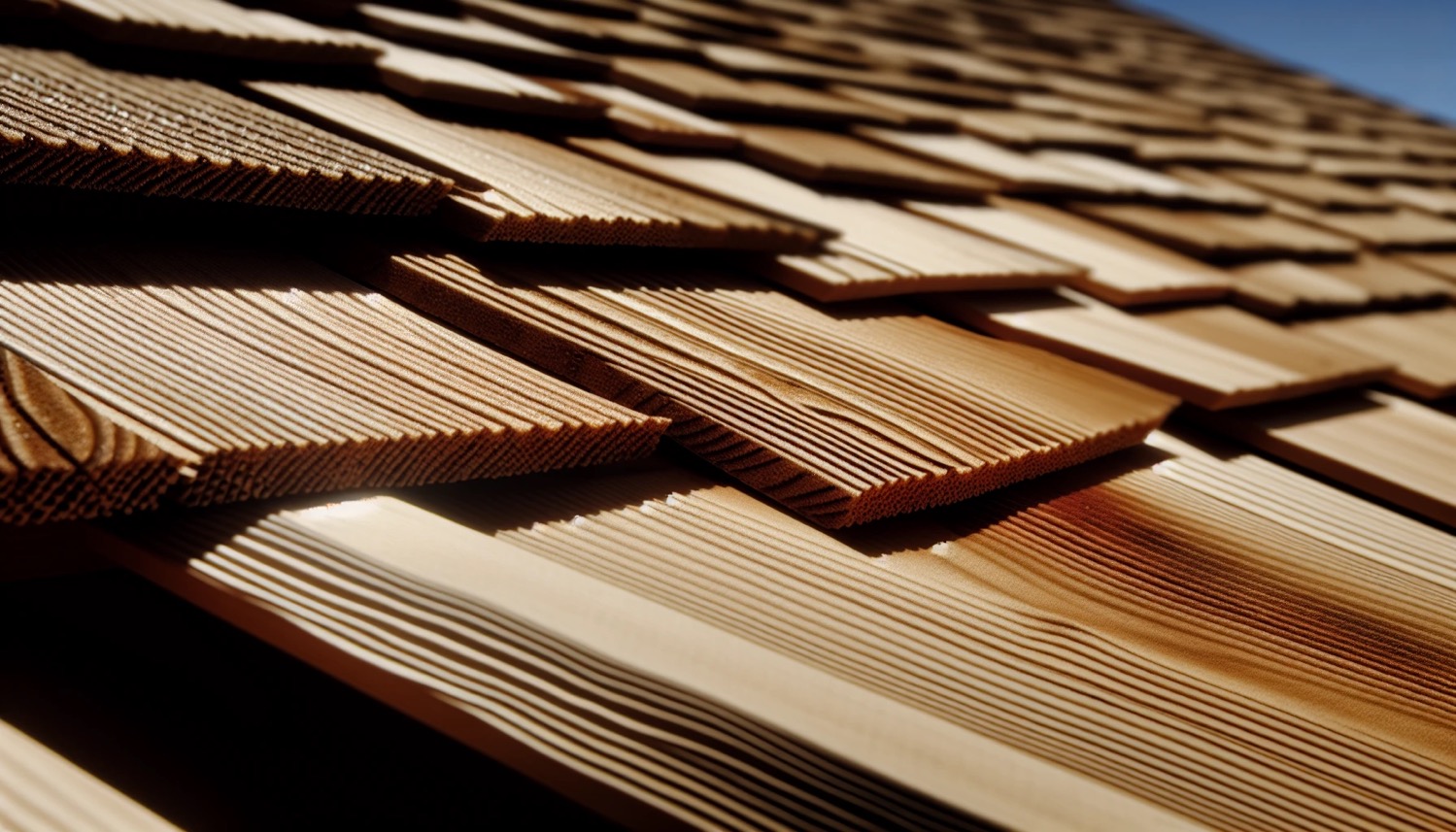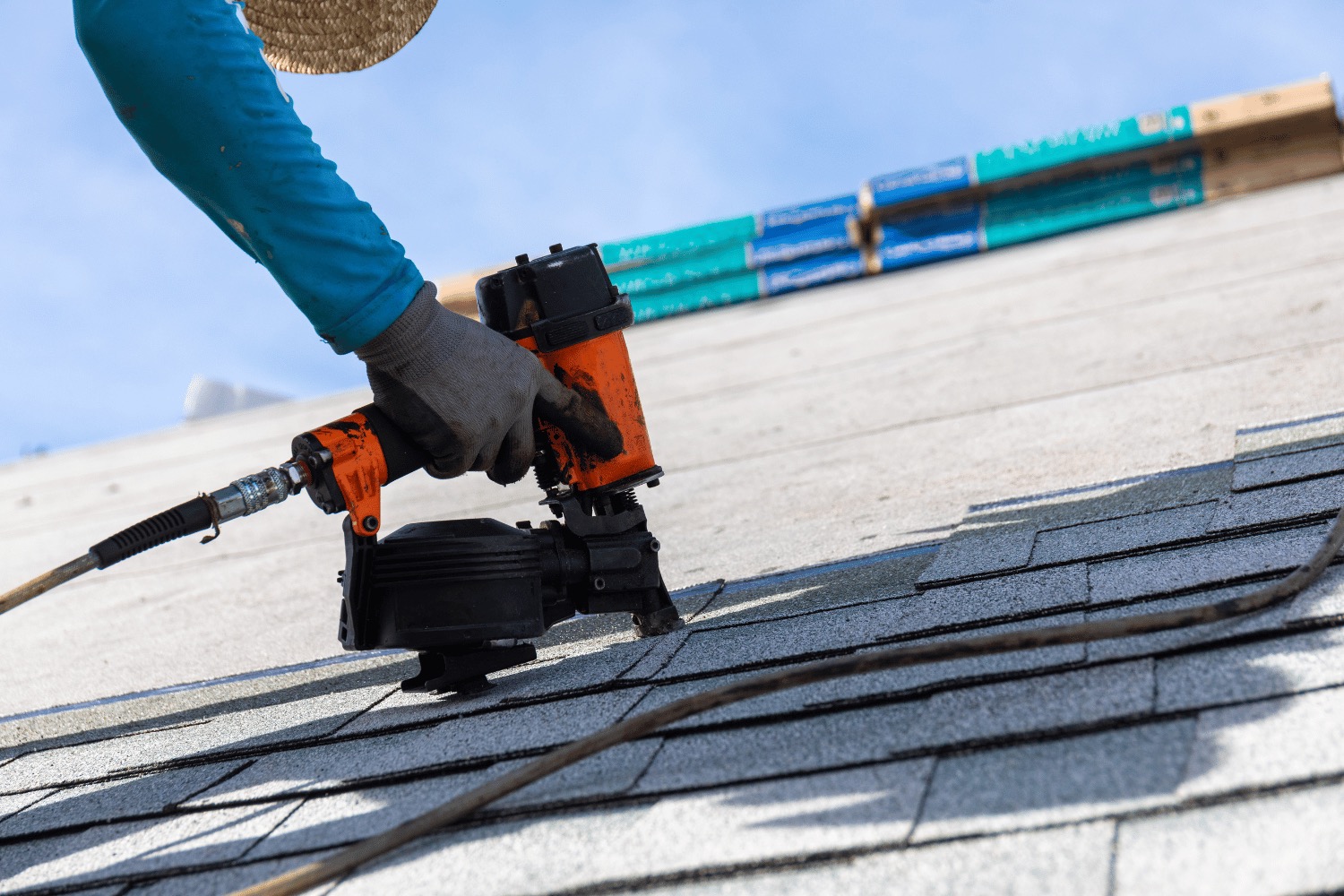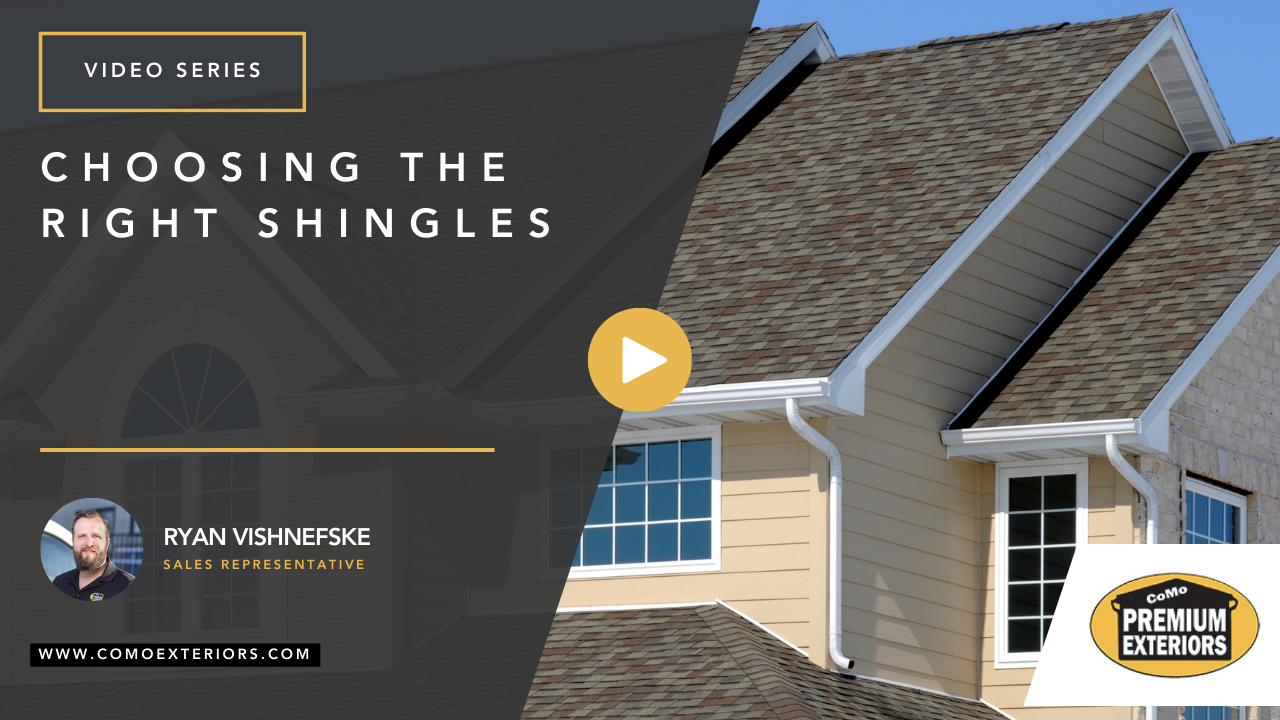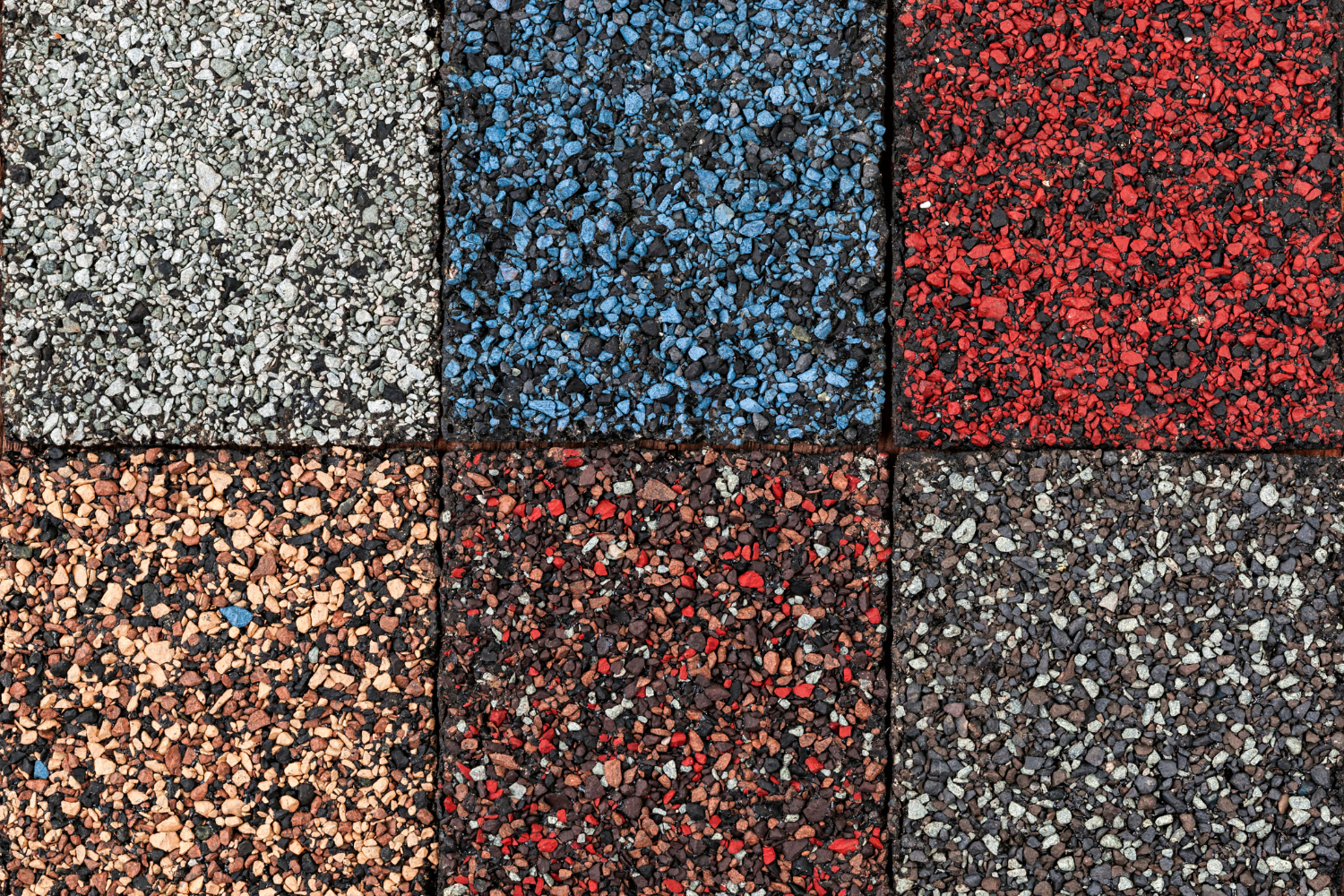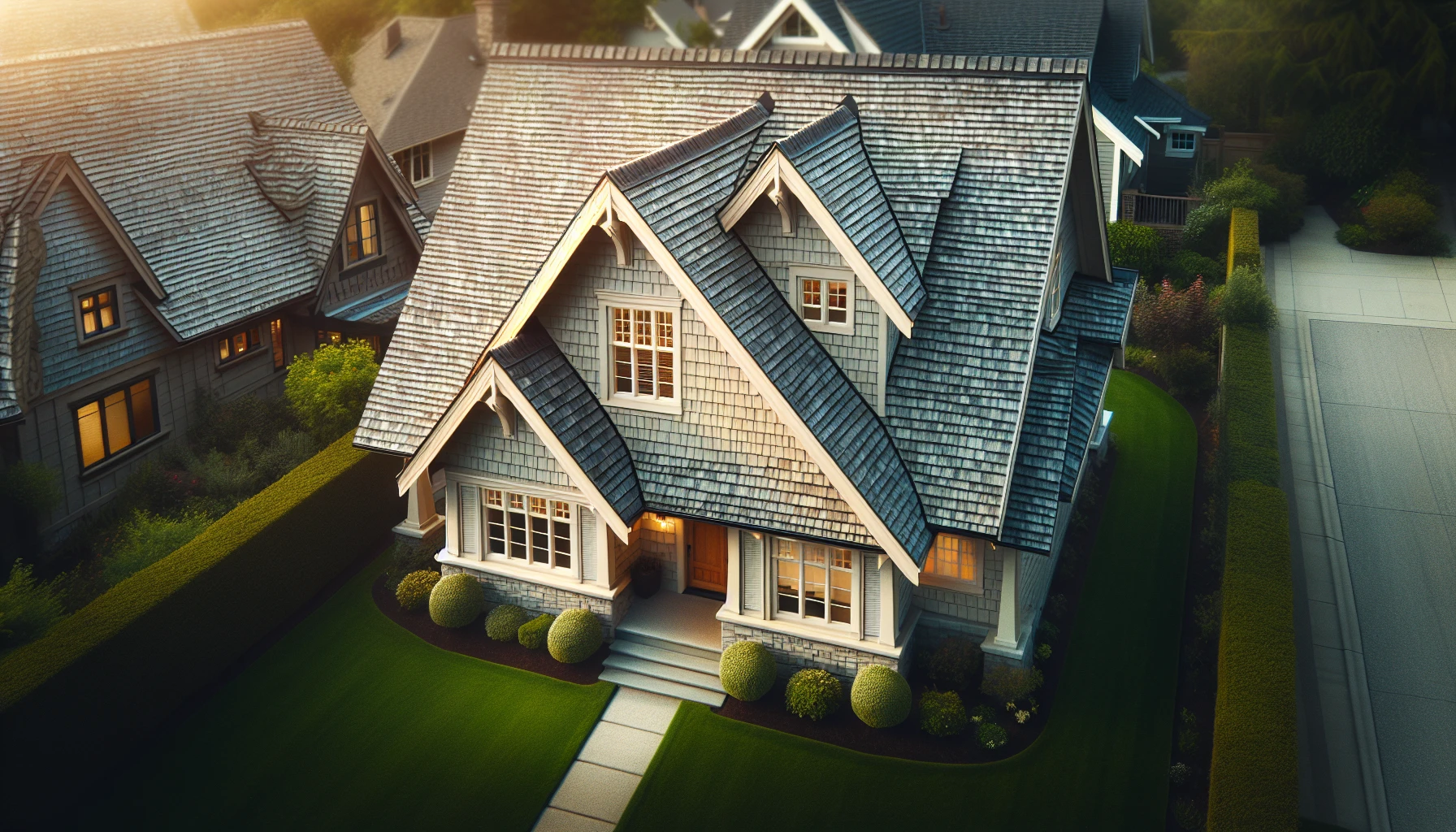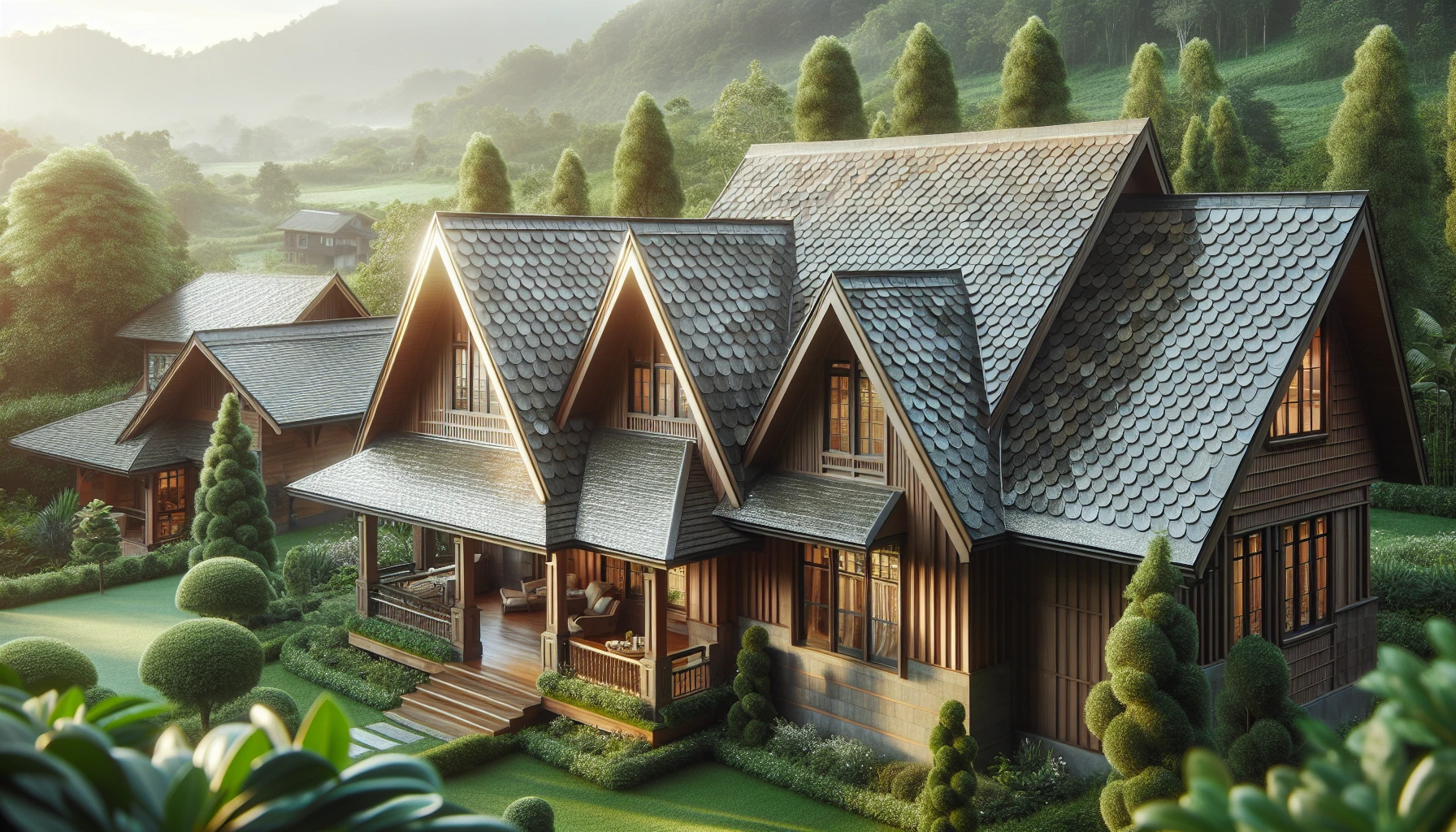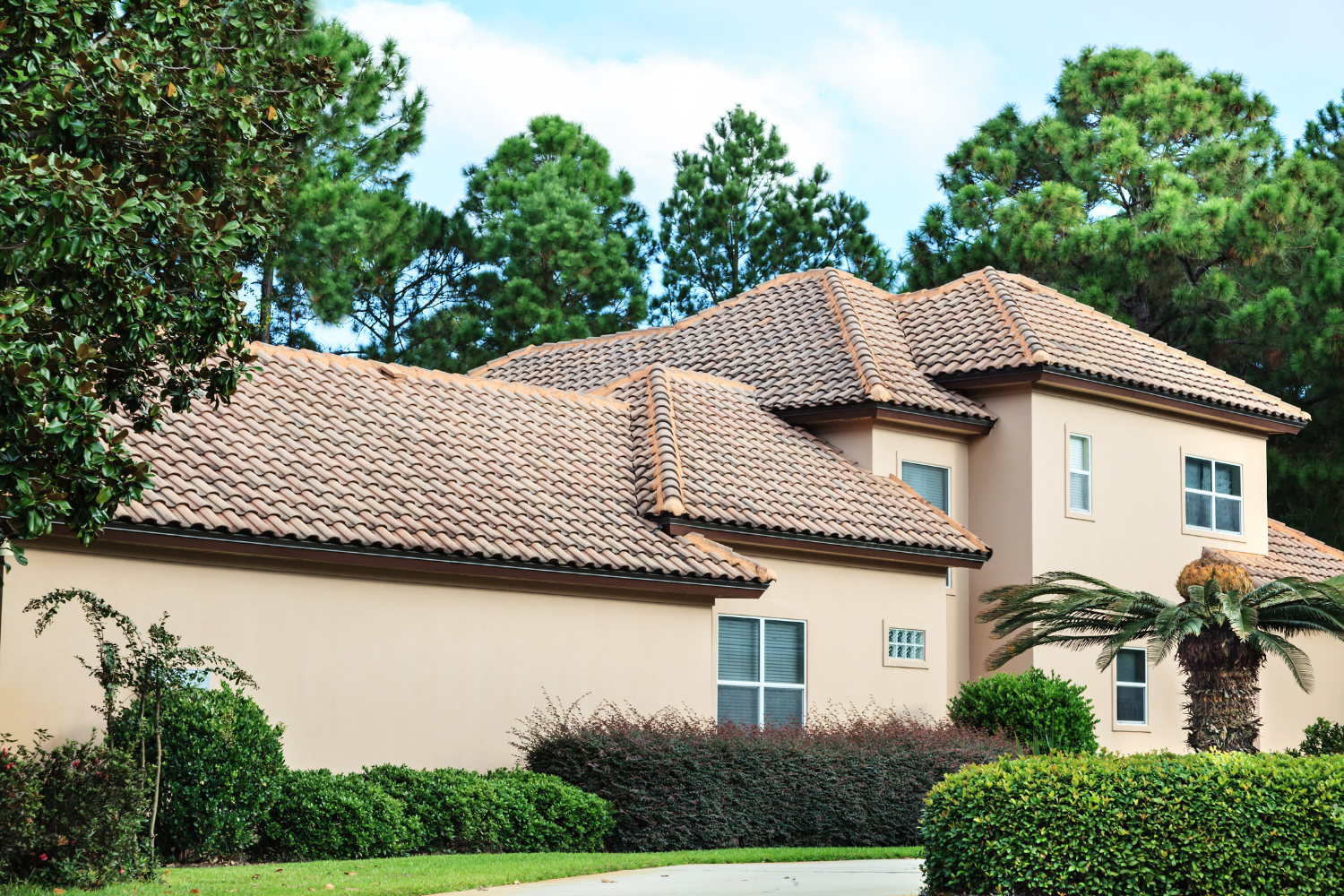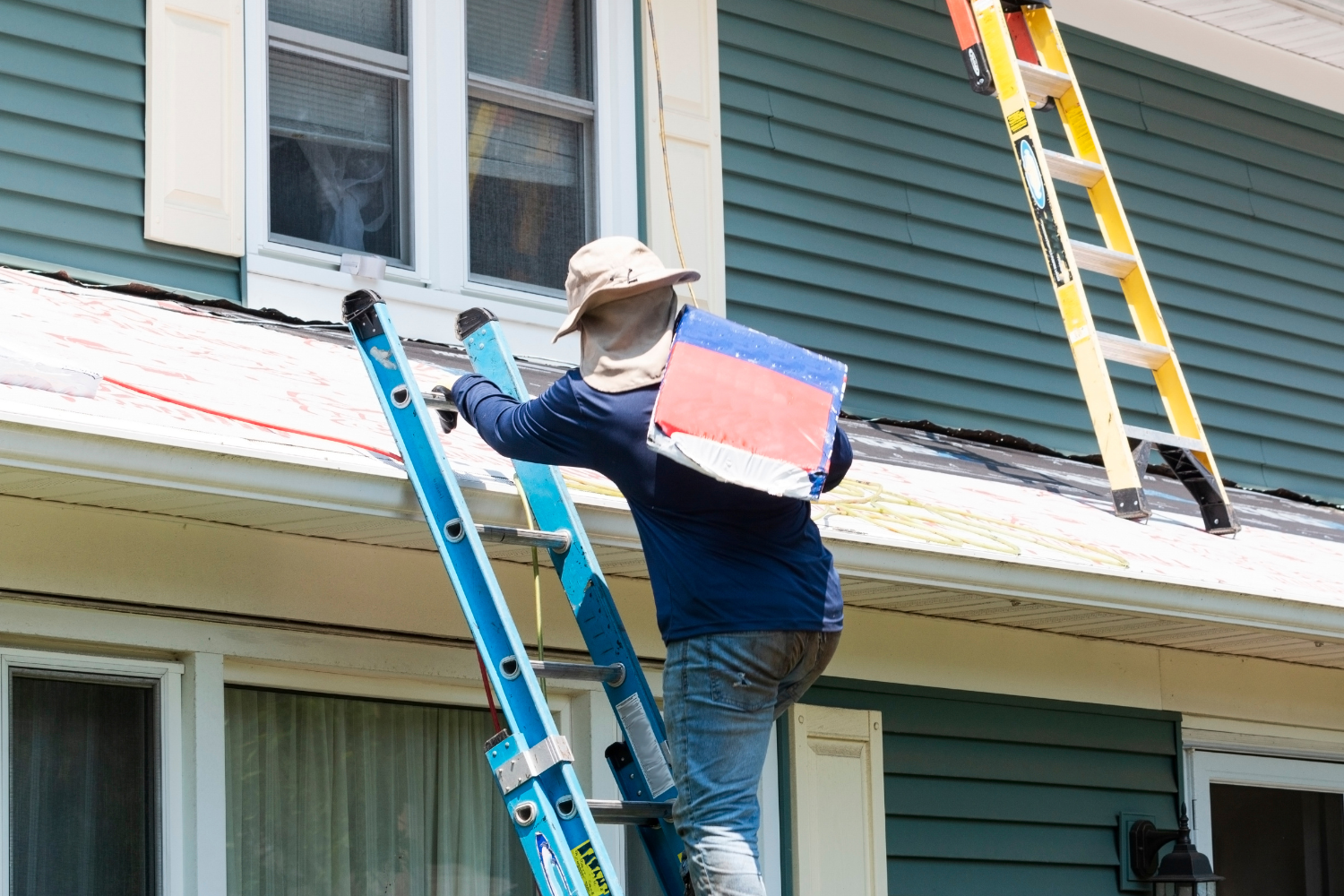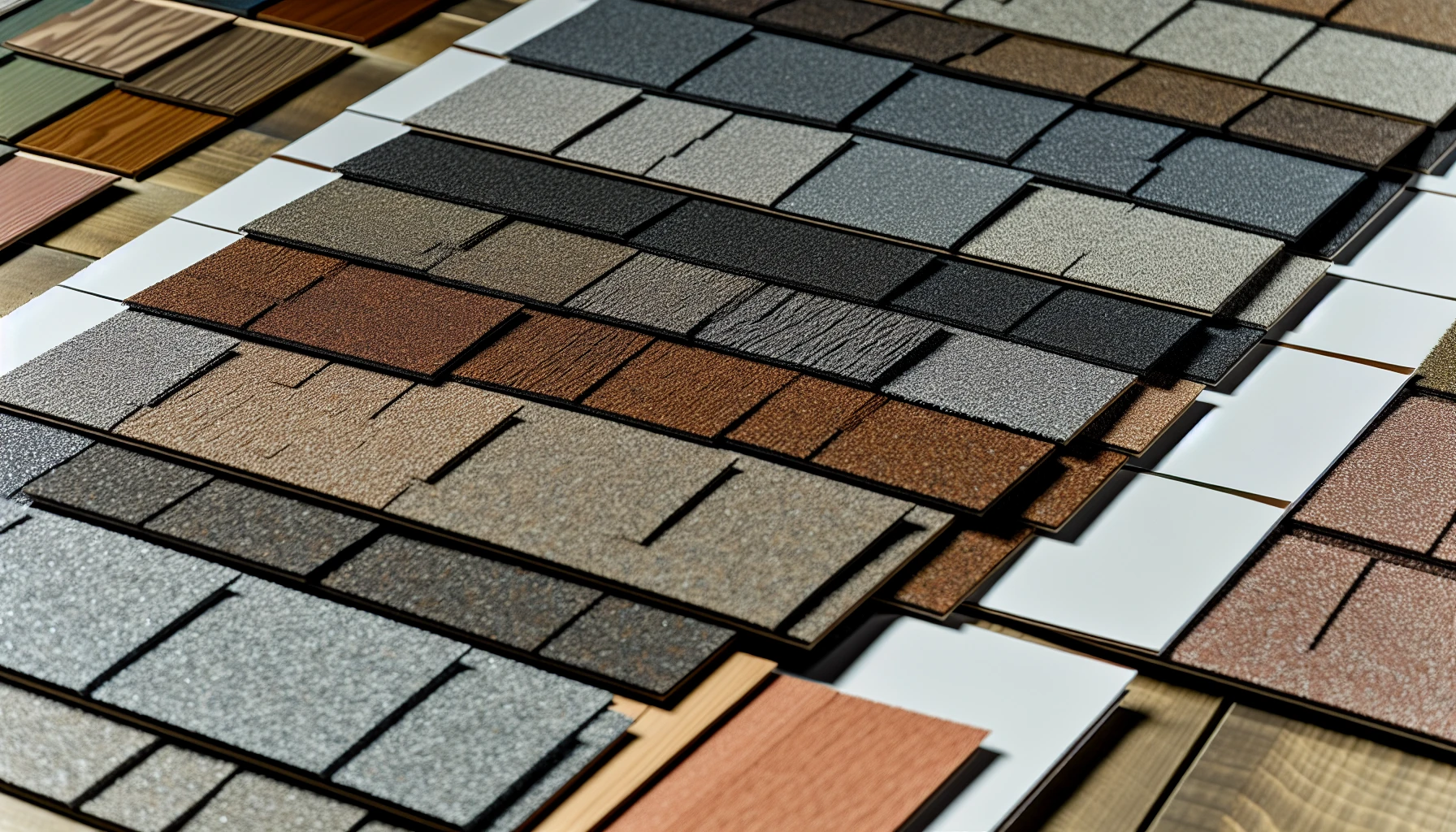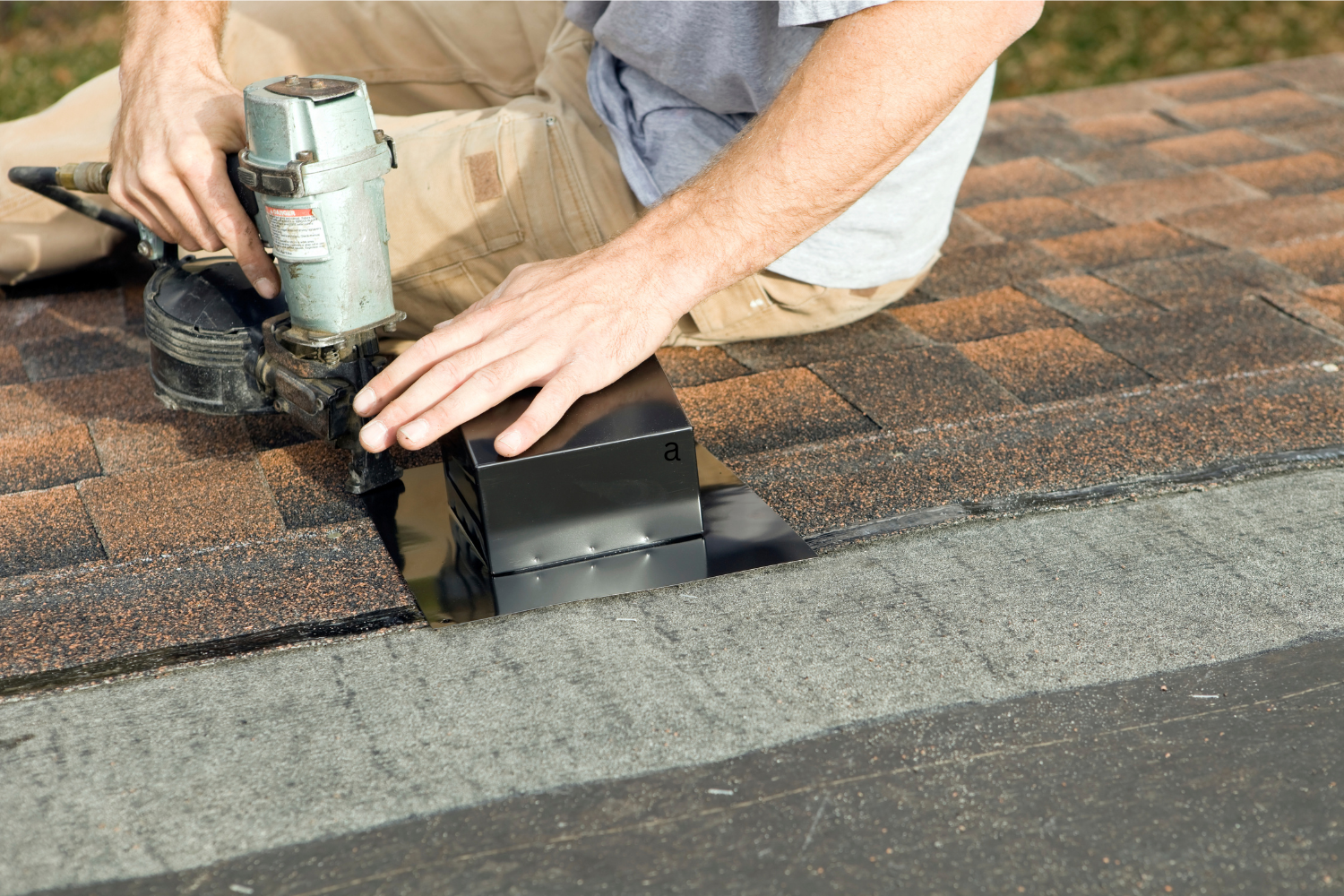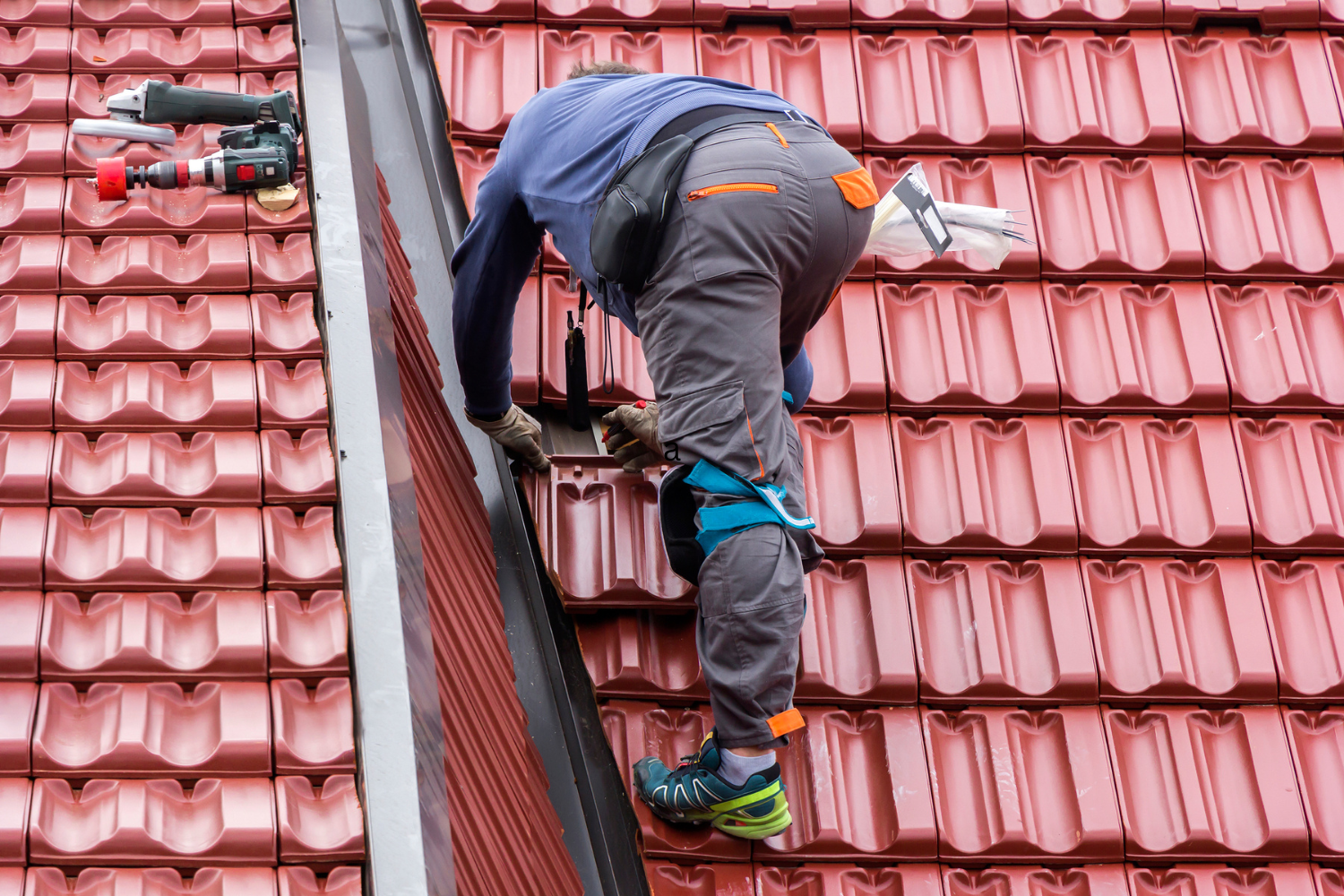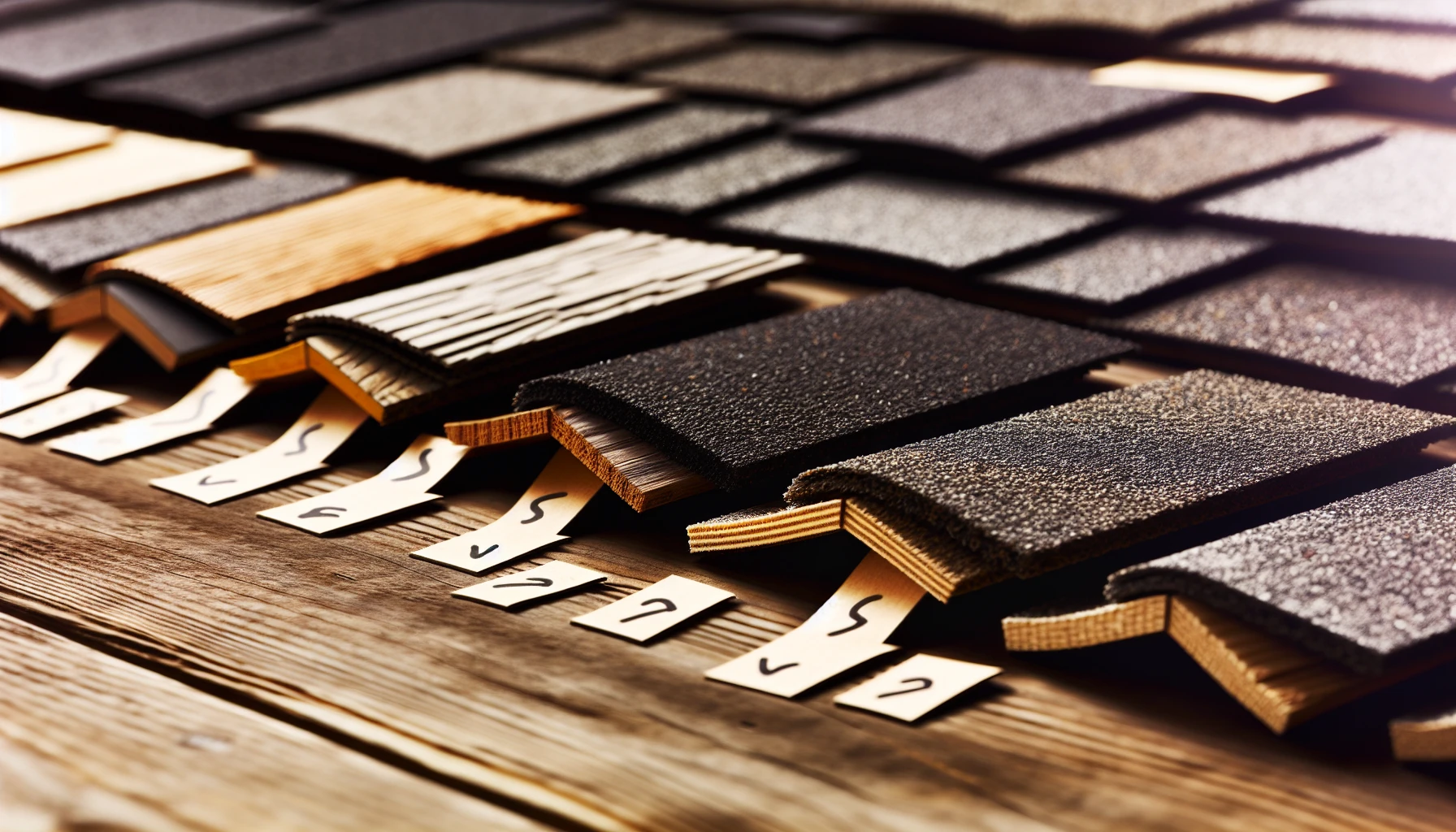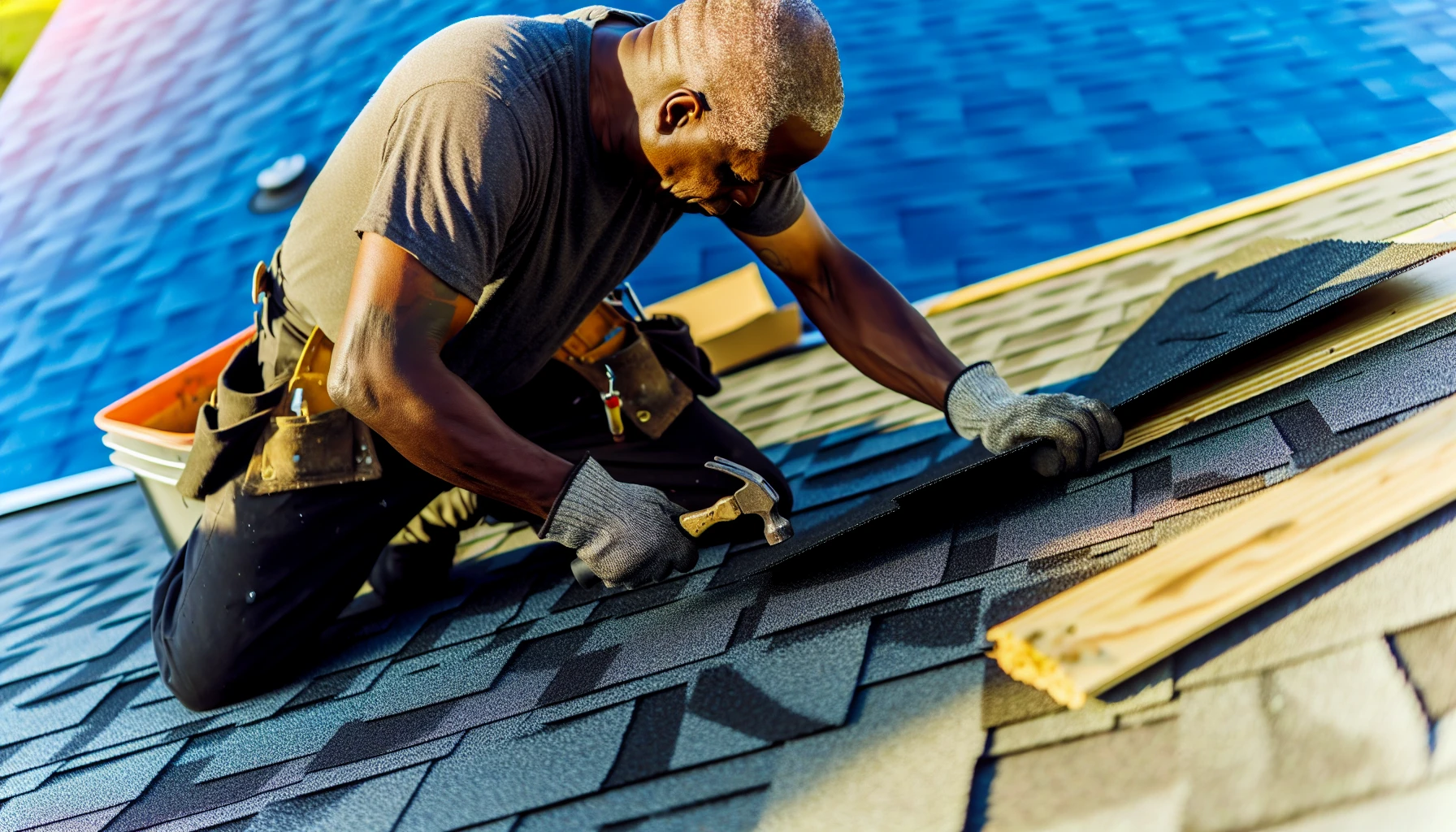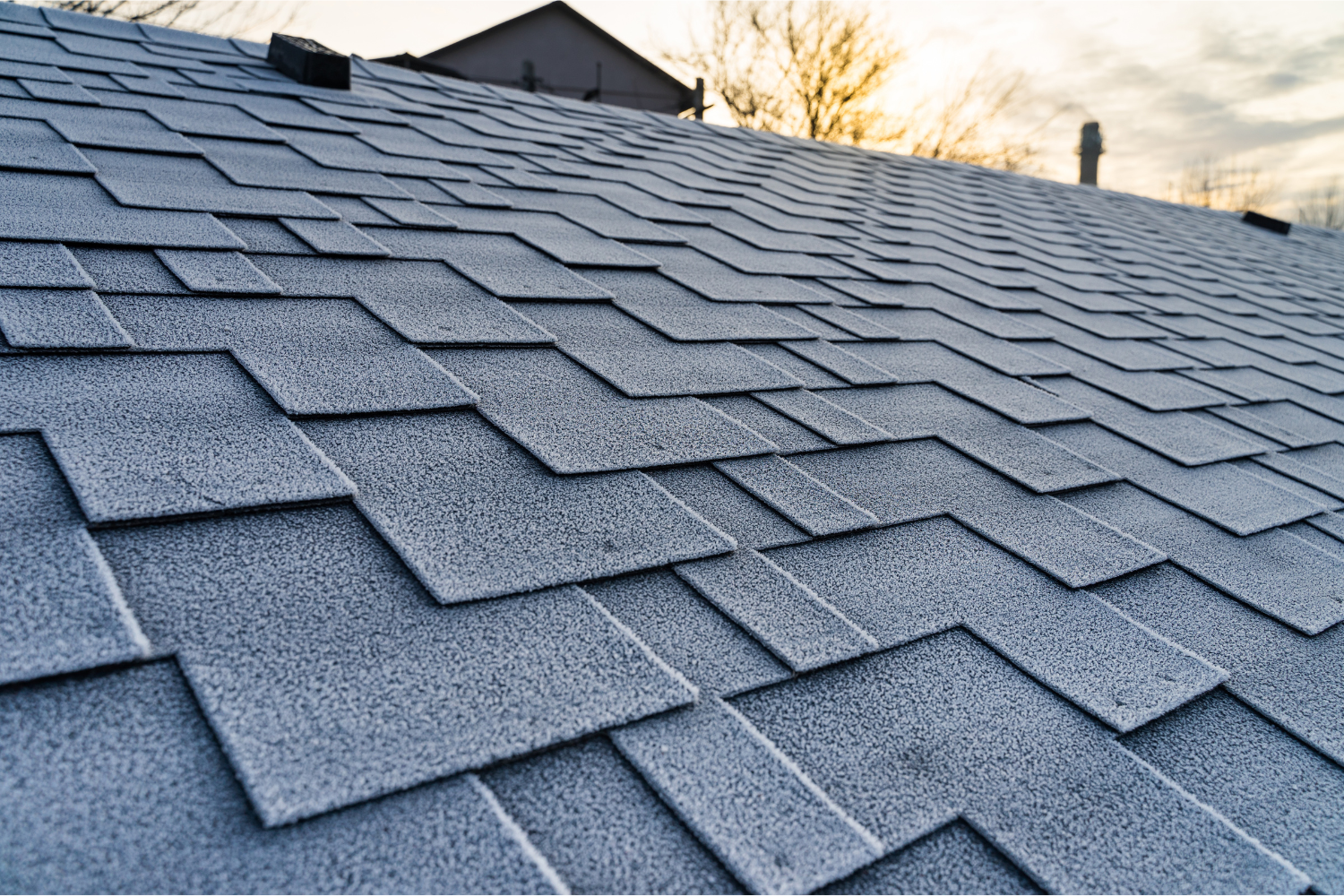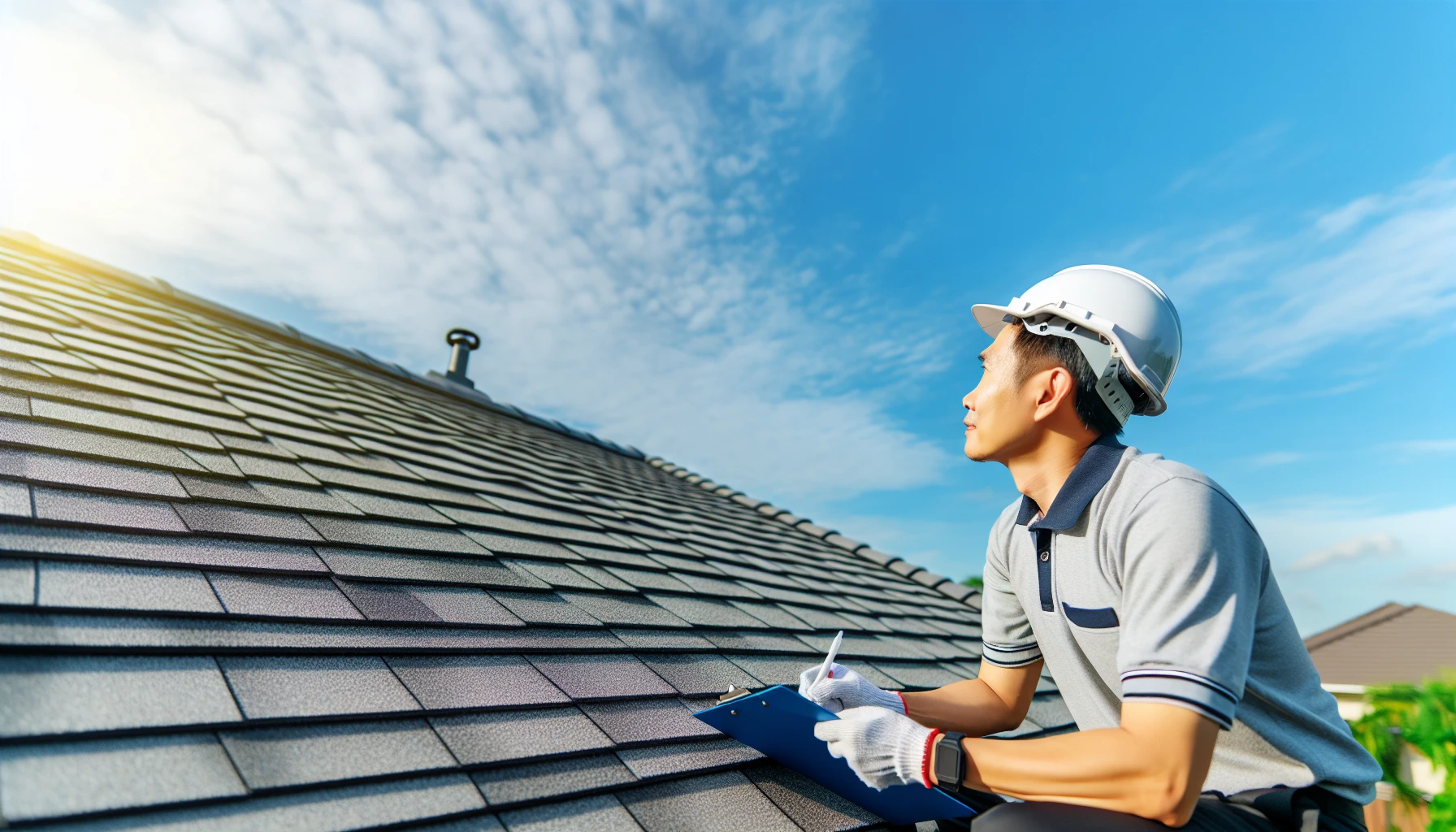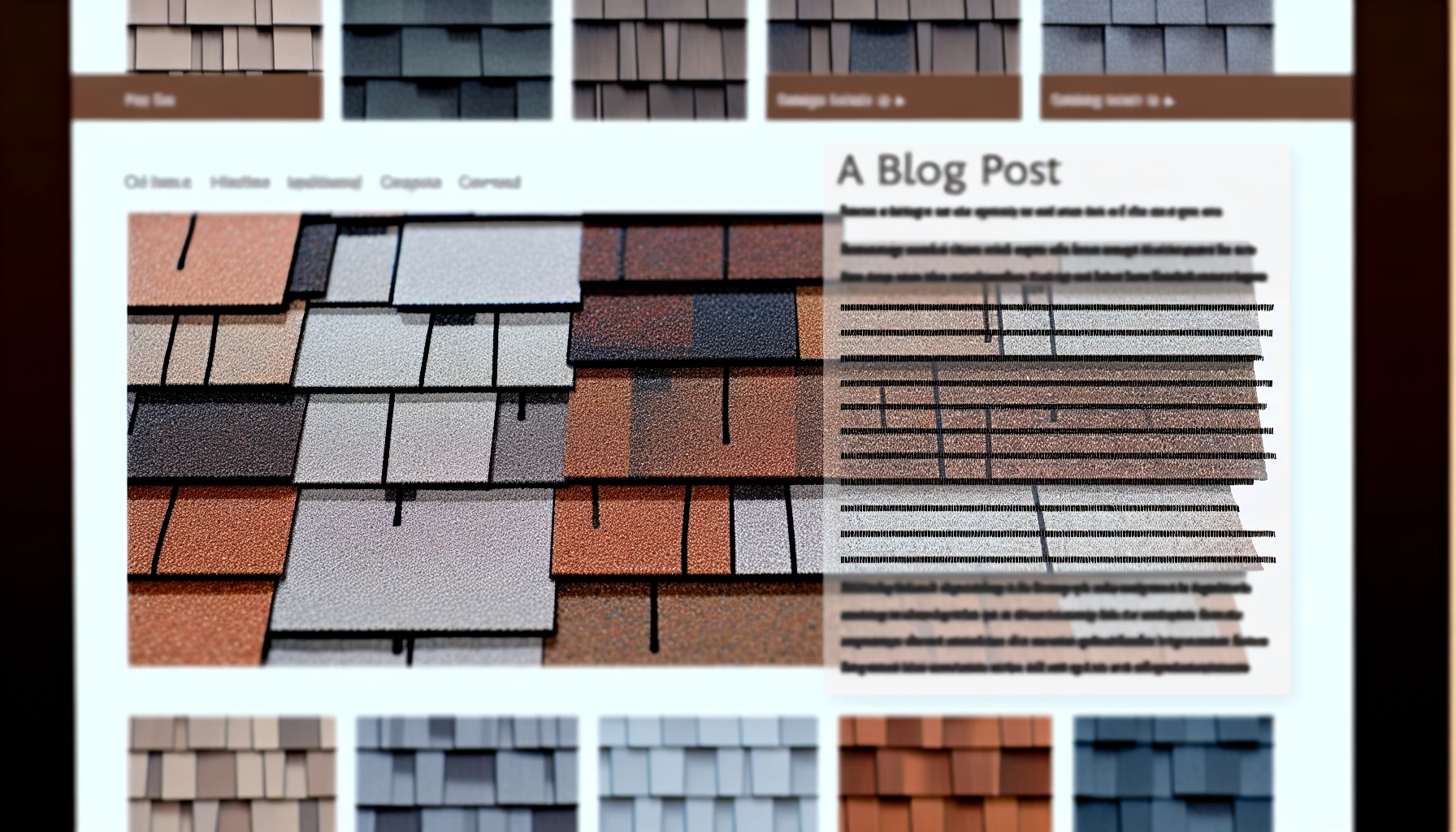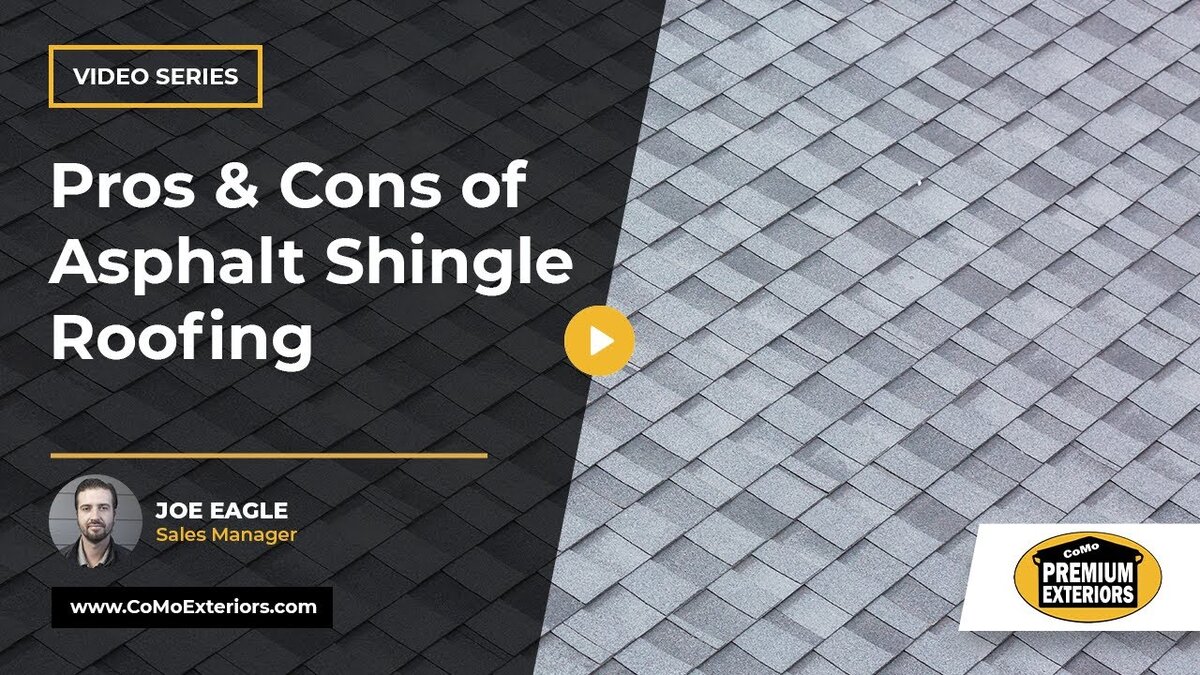Composite Shingles vs. Asphalt Shingles: The Best Choice for Your Roof
What are composite shingles, and why might they be a good choice for your roof? Composite shingles, made from materials like fiberglass and recycled plastics, are known for their durability and flexibility. This article compares composite shingles to asphalt shingles, helping you decide the best option for your home based on cost, longevity, and maintenance.
Key Takeaways
-
Composite shingles offer greater durability and lifespan compared to asphalt shingles, lasting 35-50 years versus 15-25 years for asphalt.
-
Composite shingles are more expensive initially but can offer better long-term value due to lower maintenance requirements and improved resilience to severe weather.
-
Composite shingles provide more style and customization options, including the ability to mimic natural materials like slate and cedar, enhancing curb appeal more than asphalt shingles.
Composite Shingles vs. Asphalt Shingles: The Best Choice for Your Roof
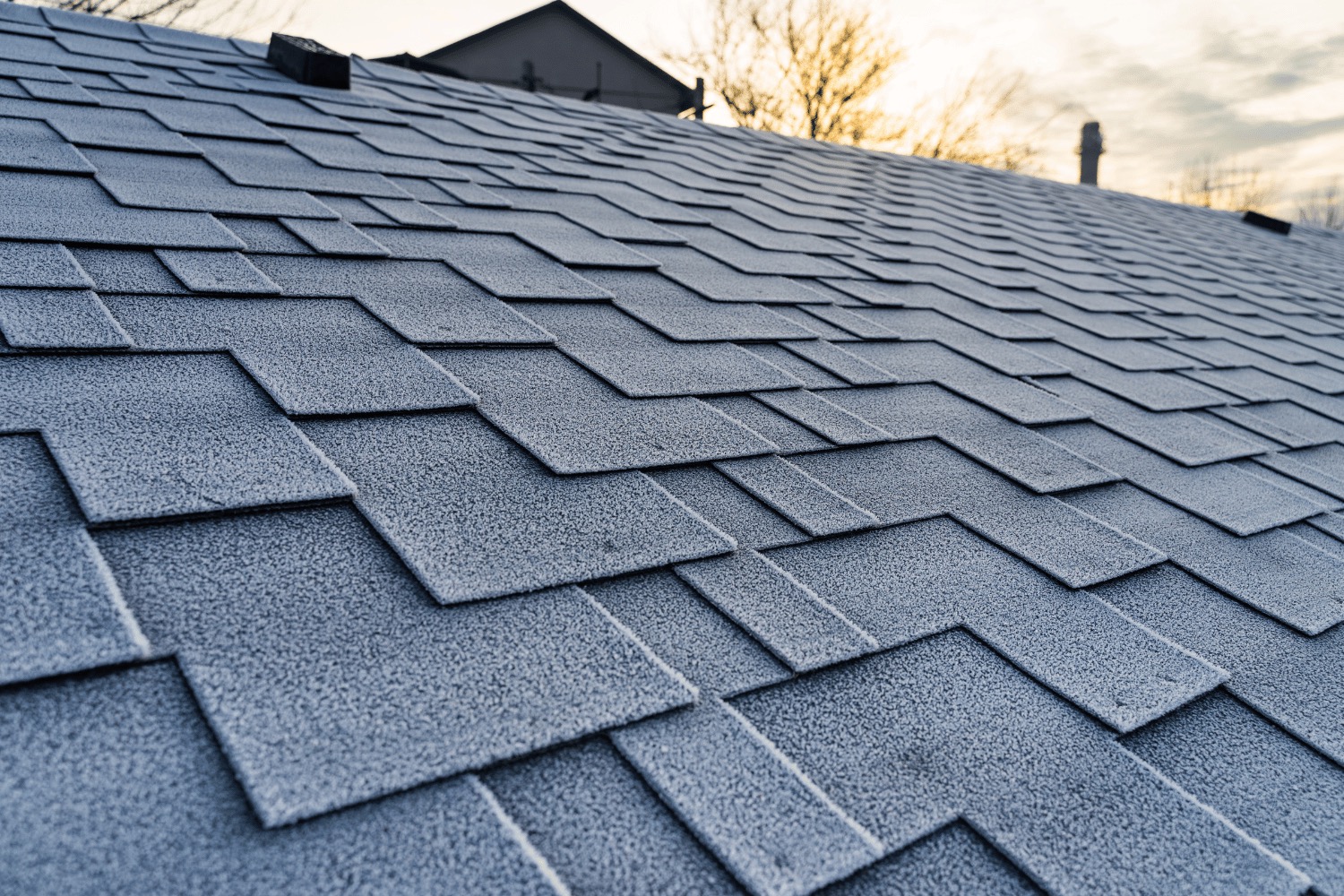
Comparison of composite and asphalt shingles
The decision between asphalt shingles vs composite typically hinges on their respective strengths, weaknesses, and overall performance as roofing materials. Asphalt shingles and composite shingles are not the same; they undergo different manufacturing processes and result in distinct roofing materials. This comparison aims to highlight the significant differences between these two options, including:
-
Curb appeal
-
Lifespan
-
Warranties
-
Cost
This post aims to give you a clear understanding of which roofing material best suits your budget and preferences.
Introduction
Composite and asphalt shingles are among the leading roofing materials preferred by homeowners today. Each offers unique benefits and advantages, making the decision between them a crucial one for any homeowner. This blog post is designed to help you navigate this decision by outlining the pros and cons of each material and comparing key factors such as costs, lifespan, and curb appeal.
Whether you are looking for a budget-friendly solution or a long-term investment, understanding these factors will guide you to the best choice for your home.
Understanding Composite Shingles
Composite shingles have gained popularity due to their impressive performance and aesthetic appeal. Made from a mix of materials, including fiberglass, recycled plastics, and synthetic polymers, these shingles offer a versatile and durable roofing option.
Before we delve into a detailed comparison with asphalt shingles, it’s beneficial to grasp the concept of composite shingles, their advantages, and their common applications.
What Are Composite Shingles Made Of?
Composite shingles are produced from a mixture of materials such as fiberglass, recycled plastics, and synthetic polymers. These materials contribute to the durability and versatility of composite shingles. These materials are designed to mimic the appearance of materials like slate or cedar shake roofs, offering homeowners the aesthetic benefits without the high maintenance.
This unique composition makes composite roof shingles a highly durable and visually appealing option for modern homes.
Benefits of Composite Shingles

Durable composite shingles
One of the standout features of composite shingles is their durability. These shingles are fire- and moisture-resistant, making them suitable for various weather conditions. They are also lightweight, which eases the installation process and reduces the overall strain on your roof.
Additionally, composite shingles require minimal maintenance compared to materials like a wood shake roof. Their eco-friendly nature, often made from recycled materials, adds another layer of appeal for environmentally conscious homeowners.
Common Applications of Composite Shingles
Composite shingles are versatile and can be used in a variety of settings. They are commonly found in residential homes, offering a beautiful and durable roofing solution. These shingles are also used in commercial buildings, thanks to their longevity and low maintenance requirements.
Whether for a cozy home or a bustling office, composite shingles provide an attractive and reliable roofing option.
Comparing Composite Shingles and Asphalt Shingles
Comparing composite and asphalt shingles across various key factors is vital for making an informed decision. These include:
-
Lifespan
-
Cost
-
Durability
-
Maintenance requirements
-
Environmental impact
Each of these factors plays a significant role in determining which roofing material is the best fit for your home.
Lifespan Comparison
When it comes to lifespan, composite shingles have a clear advantage. These shingles can last anywhere from 35 to 50 years with proper maintenance. In contrast, asphalt shingles typically have a lifespan of about 15 to 25 years, with architectural asphalt shingles slightly extending that range to 25-28 years.
The longer lifespan of composite shingles makes them a more durable and long-term investment.
Cost Analysis
Cost is a significant factor for many homeowners. Asphalt shingles are generally more affordable, costing between $4.25 to $8.25 per square foot. In contrast, composite shingles cost between $7.50 to $13 per square foot, marking them as a pricier option.
While the initial cost of composite shingles is higher, their longer lifespan and lower maintenance requirements can offer better value over time.
Durability and Weather Resistance
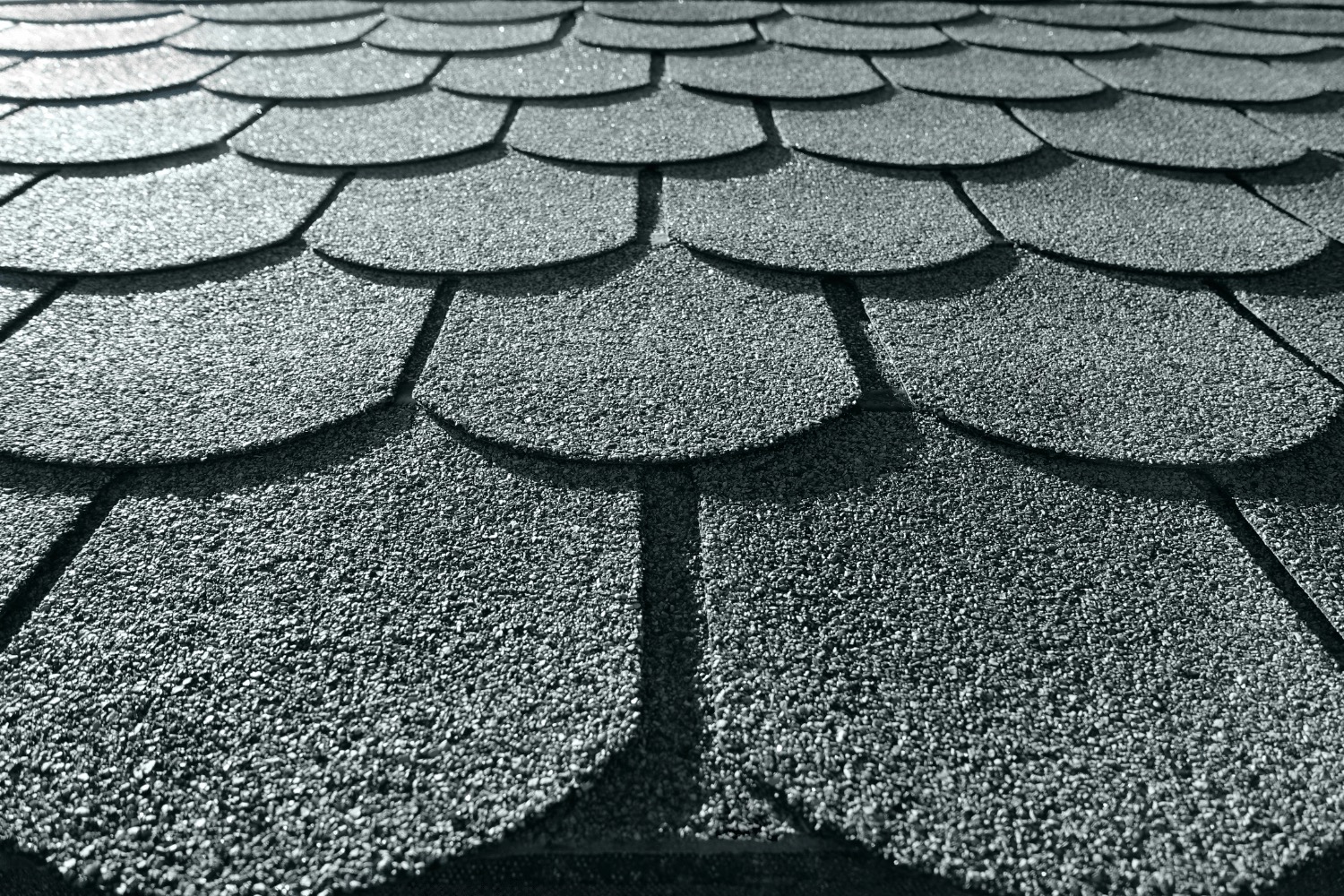
Composite shingles withstand harsh weather
Composite shingles are celebrated for their resilience and capability to resist severe weather conditions like hail, heavy rain, and vigorous winds. They are made from recycled materials, which enhances their durability and impact resistance.
In contrast, when considering asphalt shingles vs composite shingles, asphalt shingle roofs, particularly those made of asphalt shingles, while durable, are more prone to damage in extreme weather conditions and require more frequent repairs. Composite shingles also fare better against UV rays, reducing the risk of warping and fading over time.
Maintenance Requirements
Maintenance is another critical factor to consider. Composite shingles require minimal maintenance, including occasional clearing of debris, inspecting for damage after harsh weather, and keeping gutters clean to prevent water damage.
In damp climates, asphalt shingles need more maintenance due to their susceptibility to mildew and algae growth. This can make asphalt roofs more labor-intensive to keep in good condition compared to other roofing materials. Regular professional cleaning may be necessary to keep them in good condition.
Environmental Impact
For environmentally conscious homeowners, composite shingles are the more sustainable choice. They are often made from recycled materials, making them a greener option compared to asphalt shingles.
Asphalt shingles, on the other hand, typically do not incorporate recycled materials, which makes them less eco-friendly. Understanding the environmental impact of your roofing material can help you make a more sustainable choice for your home.
Aesthetic Appeal and Customization Options
Aesthetic appeal and customization options are crucial factors for many homeowners. Composite shingles offer:
-
More color and style options than asphalt shingles
-
Greater design flexibility
-
The ability to mimic the look of materials like slate or cedar shake, providing an enhanced curb appeal.
Asphalt shingles are available in different colors and styles, providing a traditional look. On the other hand, they don’t offer the same level of customization as metal roofs.
Style and Color Options

Variety of style and color options for composite shingles
Composite shingles provide a broader range of styles and colors compared to asphalt shingles, allowing homeowners to achieve their desired aesthetic look. Asphalt shingles come in three main styles: architectural roof shingles, luxury, and three-tab, which offer ample design options but not as much variety as composite shingles. One popular choice among homeowners is the use of architectural shingles for their durability and aesthetic appeal.
The color options for composite shingles range from bold to neutral tones, providing more customization opportunities.
Mimicking Natural Materials
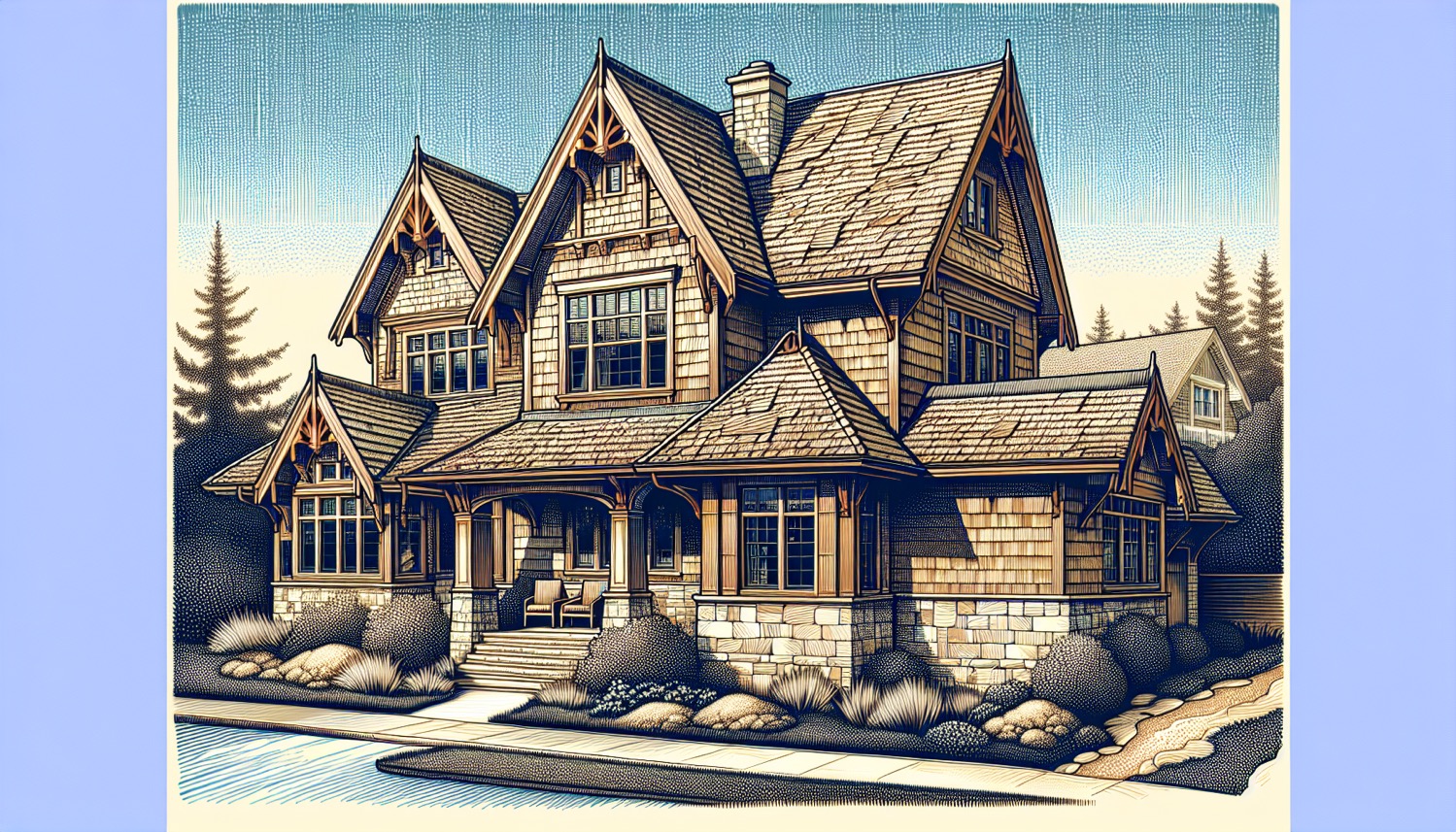
Composite shingles mimicking natural materials
One of the significant advantages of synthetic shingles, also known as composite shingles, is their ability to mimic materials like slate tiles or wood shakes. Manufacturers use molds and coatings to create a realistic appearance, offering the aesthetic benefits of natural materials without the high maintenance.
This feature makes composite shingles an excellent choice for homeowners looking to enhance their curb appeal with a touch of natural elegance.
Installation and Availability
Ease of installation and regional availability are essential considerations when choosing between composite and asphalt shingles. Asphalt shingles are traditionally easier to install due to their lighter weight, making them a popular choice for DIY enthusiasts.
Though composite shingles are heavier and take more time to install, they provide a robust and enduring roofing solution.
Ease of Installation
The ease of installation of asphalt shingles can lower labor costs, making them a more cost-effective solution. Their lighter weight also makes them suitable for DIY roof replacements, appealing to homeowners looking to save on installation costs.
In contrast, composite shingles may take longer to install due to their heavier weight and varied styles, often requiring professional installation to ensure they are properly installed.
Regional Availability
Asphalt shingles are widely available across various regions, making them a versatile choice for both urban and rural areas. Asphalt and composite shingles, while gaining popularity, may have limited availability in some regions, which can impact their accessibility and cost.
It’s essential to consider the availability of your chosen roofing material in your area to ensure a smooth and cost-effective installation process.
Choosing the Right Roofing Material for Your Home
Choosing the right roofing material for your home involves evaluating several factors, including climate, budget, and desired maintenance levels. Each of these factors plays a crucial role in determining which popular roofing material will best suit your needs and preferences.
Climate Considerations
Climate is a significant factor in the performance and longevity of roofing materials. Composite shingles are highly resistant to impact, fire, and moisture, making them an excellent choice for areas with harsh weather conditions. Asphalt shingles perform well in areas with heavy rain and strong winds, but they may be more prone to damage in extreme weather conditions. Understanding how different materials withstand various weather conditions is crucial when making your selection.
Budget Constraints
Budget constraints are a critical consideration for many homeowners. Basic asphalt shingles are more affordable, costing between $3 and $6 per square foot, making them a popular choice for budget-conscious homeowners.
Despite their higher initial cost, composite shingles can prove to be a worthwhile long-term investment because of their extended lifespan and sturdiness. Evaluating the initial expenses as well as long-term financial benefits is important while selecting your roofing material.
Enhancing Curb Appeal
Both composite and asphalt shingles offer various styles and colors to enhance your home’s curb appeal. Composite shingles provide more design flexibility and can mimic natural materials like slate and cedar shakes, boosting curb appeal more than architectural asphalt shingles. Luxury asphalt shingles also offer a slate look, but they don’t match the authenticity of composite shingles.
A new or recently replaced roof can significantly enhance your home’s curb appeal, making it more attractive to buyers.
CoMo Premium Exteriors: Your Trusted Roofing Partner
When it comes to roofing, CoMo Premium Exteriors is your trusted partner. Specializing in a wide range of roofing services, including minor repairs, full-scale replacements, and comprehensive roof inspections, CoMo Premium Exteriors combines professional project management with exceptional craftsmanship.
Whether you need a roof replacement or maintenance services, they offer trustworthy and superior solutions to cater to your roofing requirements.
Our Services
CoMo Premium Exteriors provides a wide variety of roofing services, customized to address the varied requirements of homeowners. From minor repairs to full-scale replacements, they handle various roofing styles, including asphalt shingles, metal roofing, composite roofs, and flat roofing.
Their services include:
-
Thorough roof inspections
-
Maintenance programs designed to prolong the lifespan of your roof
-
Assistance with handling insurance claims, particularly in cases of storm damage
These services are designed to ensure your roof remains in optimal condition and to make the process smoother and less stressful for homeowners.
Areas We Serve
CoMo Premium Exteriors proudly serves a wide range of areas, including:
-
Columbia
-
Fulton
-
Moberly
-
Boonville
-
Fayette
-
Centralia
-
Mexico
Their commitment to providing high-quality roofing services extends to nearby regions, ensuring that more homeowners can benefit from their expertise and exceptional craftsmanship.
Why Choose Us?
Selecting CoMo Premium Exteriors means choosing a company that offers:
-
Customer satisfaction
-
Superior craftsmanship
-
Stringent quality standards
-
Active community engagement
-
5 Year Workmanship Warranty
-
1 Year Clean Up Guarantee
-
Manufacturer’s Warranty
With CoMo Premium Exteriors, you can trust that every project will meet high standards of excellence and reliability.
Summary
In summary, both composite shingles and asphalt shingles offer unique advantages and disadvantages. Composite shingles, though more expensive, provide superior durability, longer lifespan, and enhanced aesthetic appeal. Asphalt shingles, on the other hand, are more budget-friendly and easier to install. When choosing the right roofing material for your home, consider factors such as climate, budget, and maintenance requirements. Ultimately, the best choice depends on your specific needs and preferences. CoMo Premium Exteriors is here to help you make the best decision and provide top-notch roofing services to ensure your home is well-protected and visually appealing.
Frequently Asked Questions
What are composite shingles made of?
Composite shingles are made of a mix of materials, such as fiberglass, recycled plastics, and synthetic polymers. These materials provide durability and weather resistance to the shingles.
How long do composite shingles last compared to asphalt shingles?
Composite shingles generally last longer, with a lifespan of 35 to 50 years compared to asphalt shingles, which typically last about 15 to 25 years.
Are composite shingles more expensive than asphalt shingles?
Yes, composite shingles are generally more expensive than asphalt shingles.
Which type of shingle is more environmentally friendly?
Composite shingles are more environmentally friendly than asphalt shingles because they often incorporate recycled materials, making them a more sustainable option.
What services does CoMo Premium Exteriors offer?
CoMo Premium Exteriors offers a wide range of roofing services, including repairs, replacements, inspections, maintenance programs, and assistance with insurance claims.

